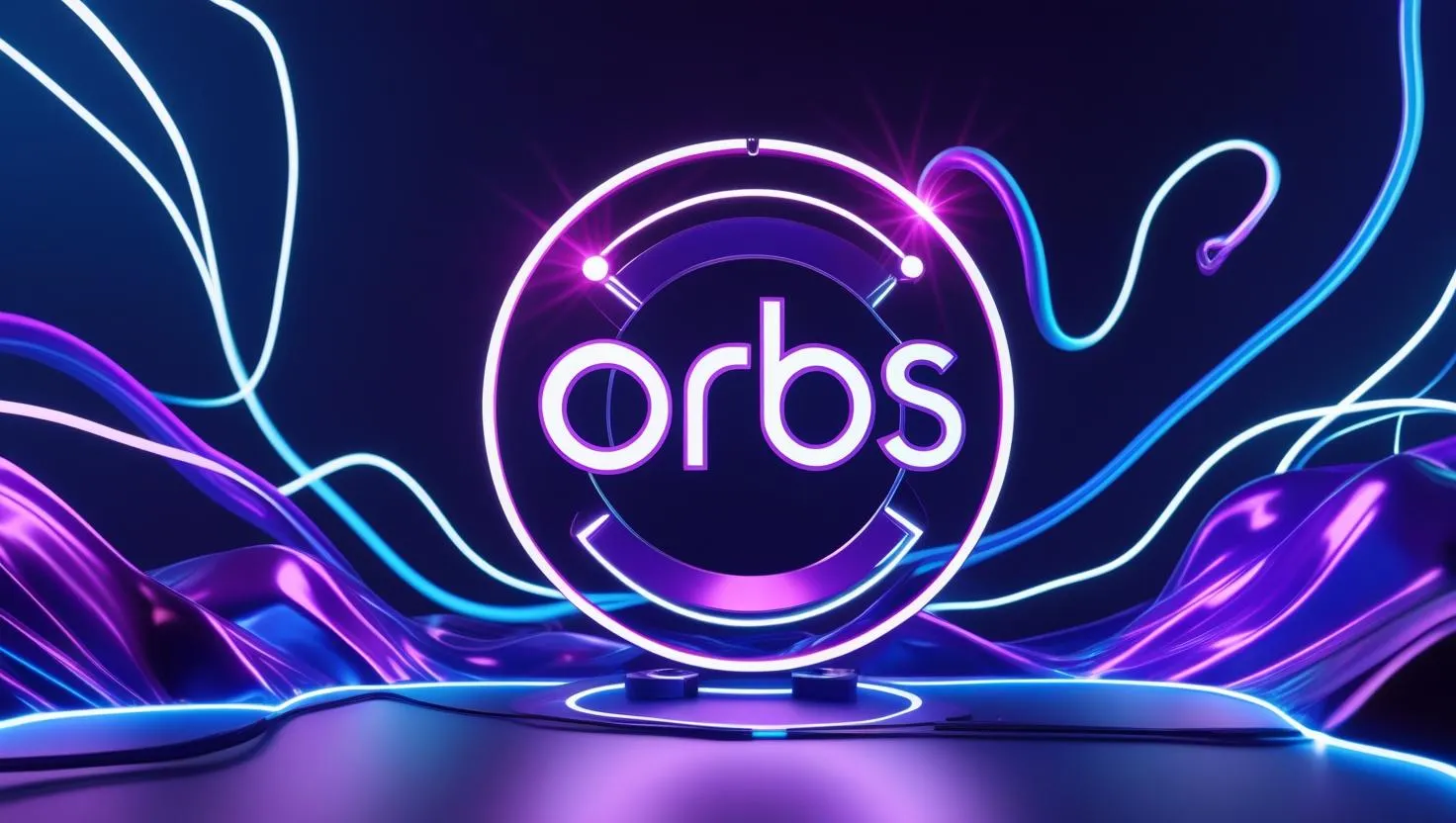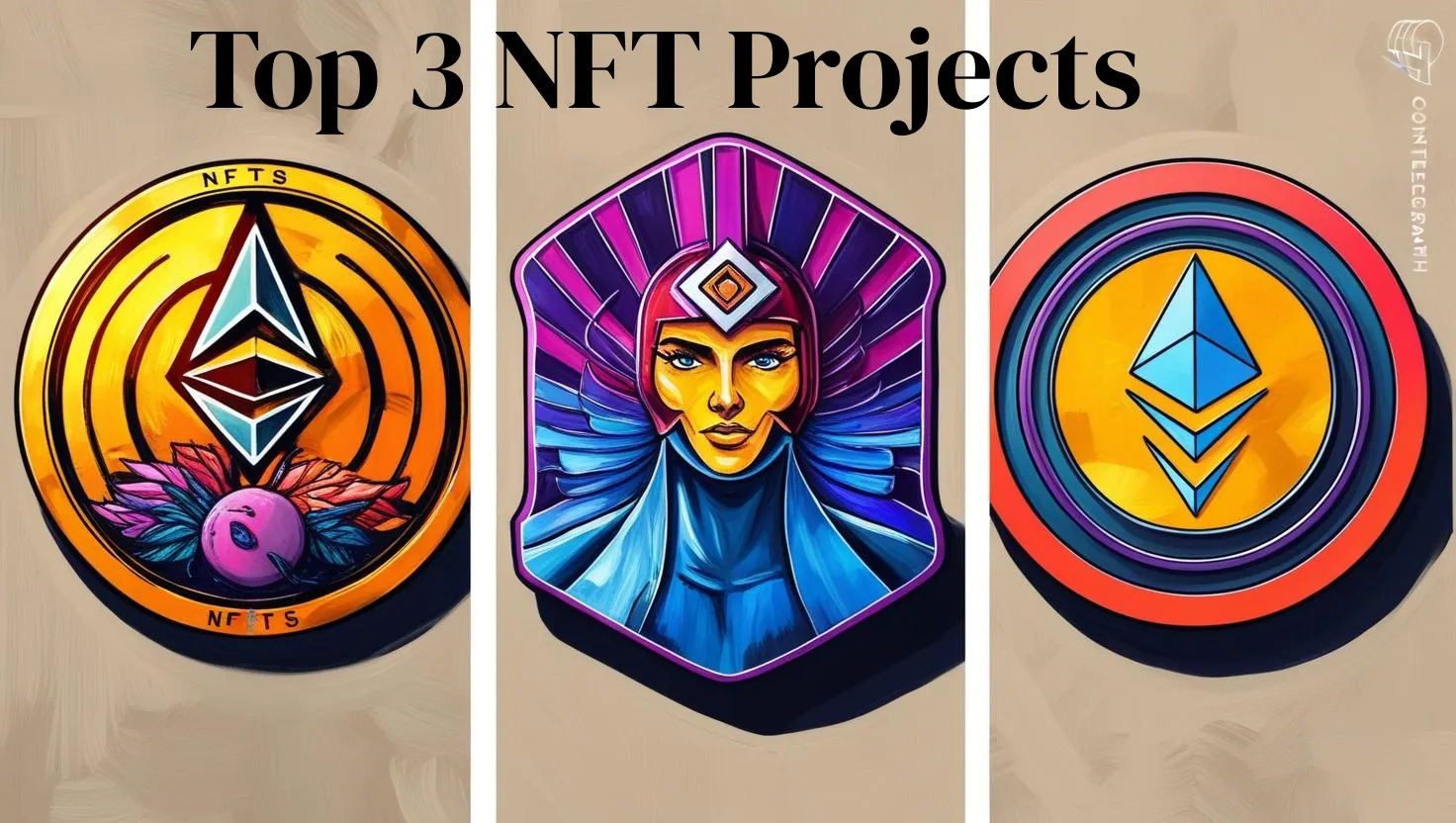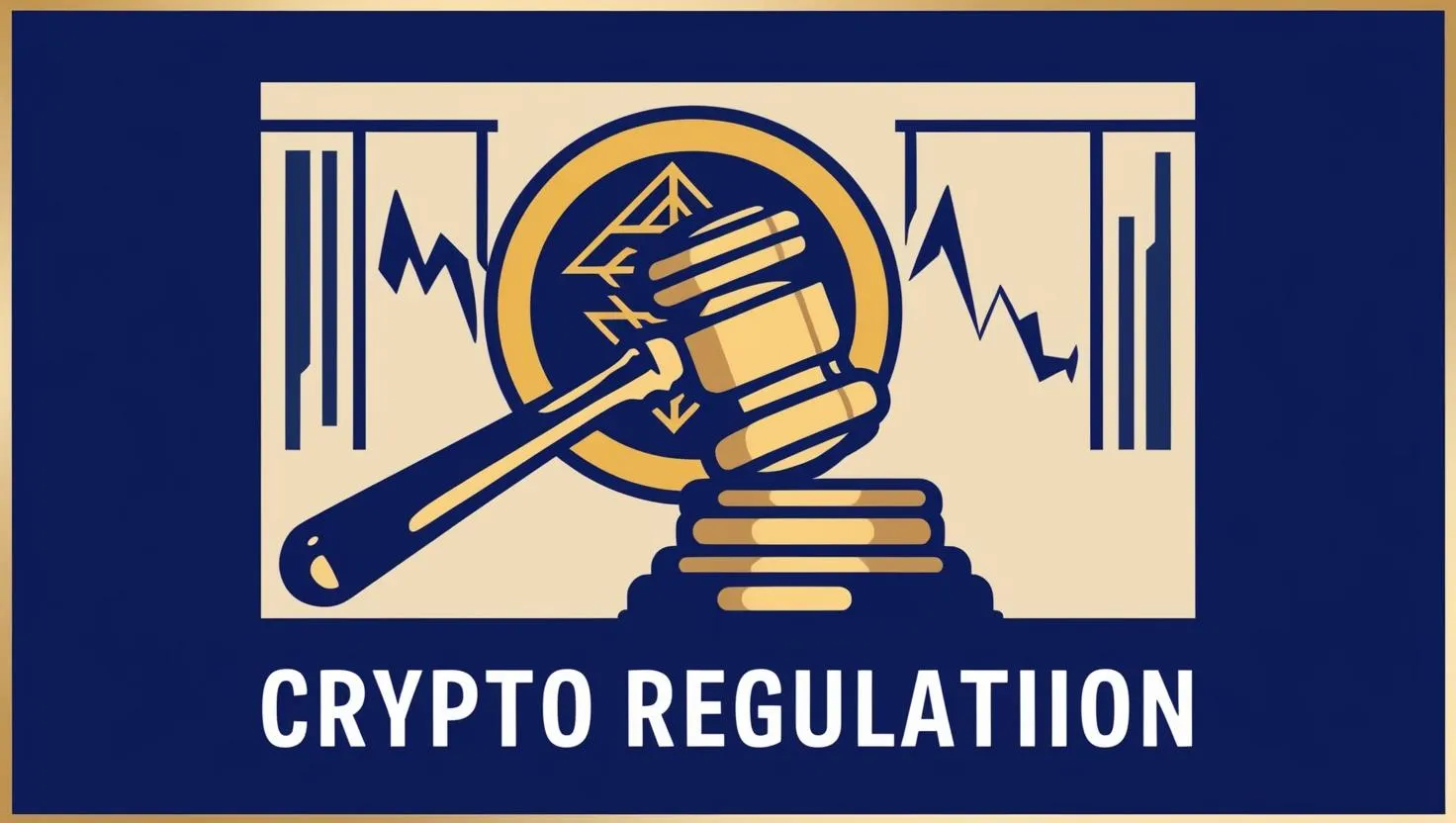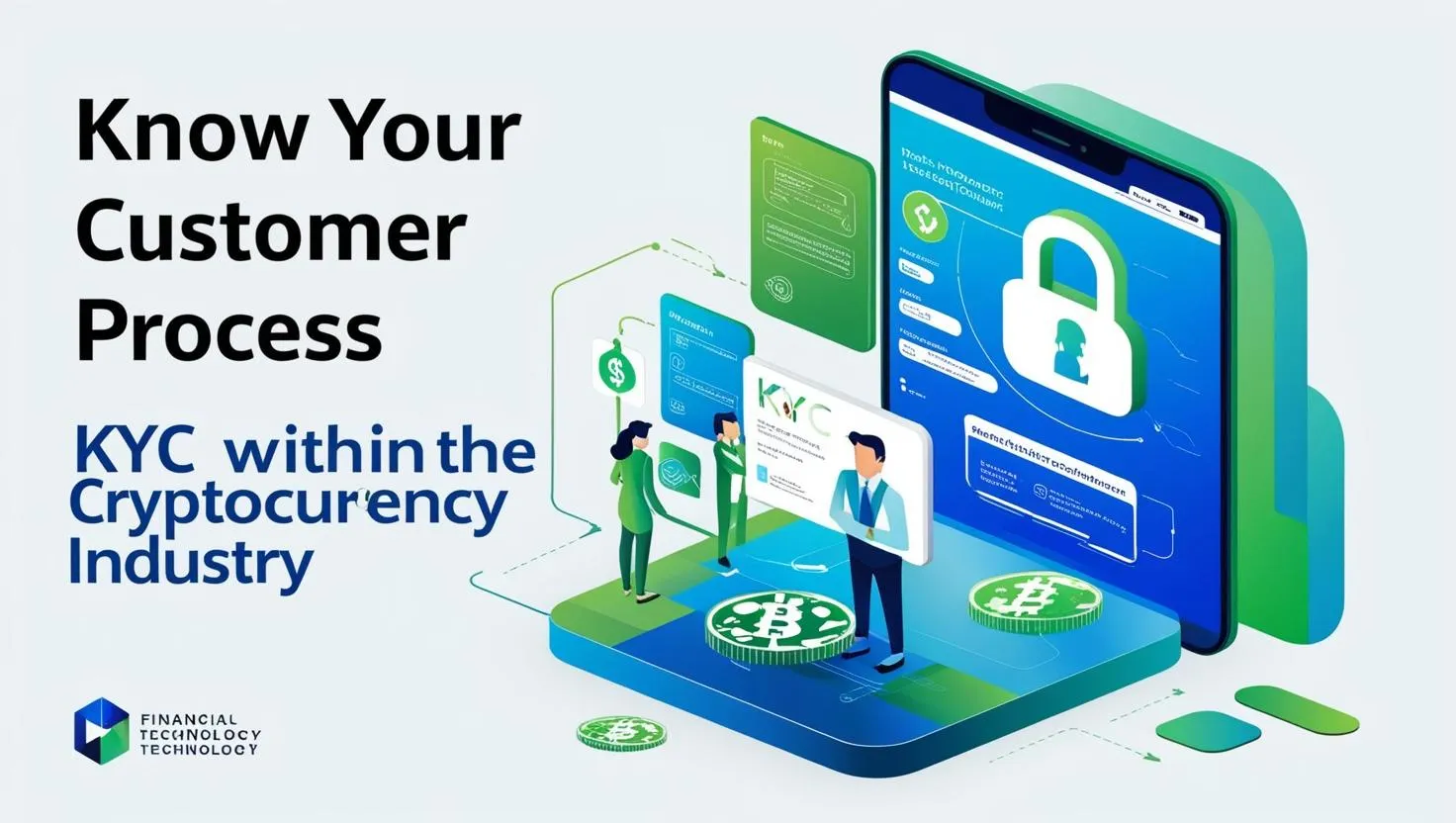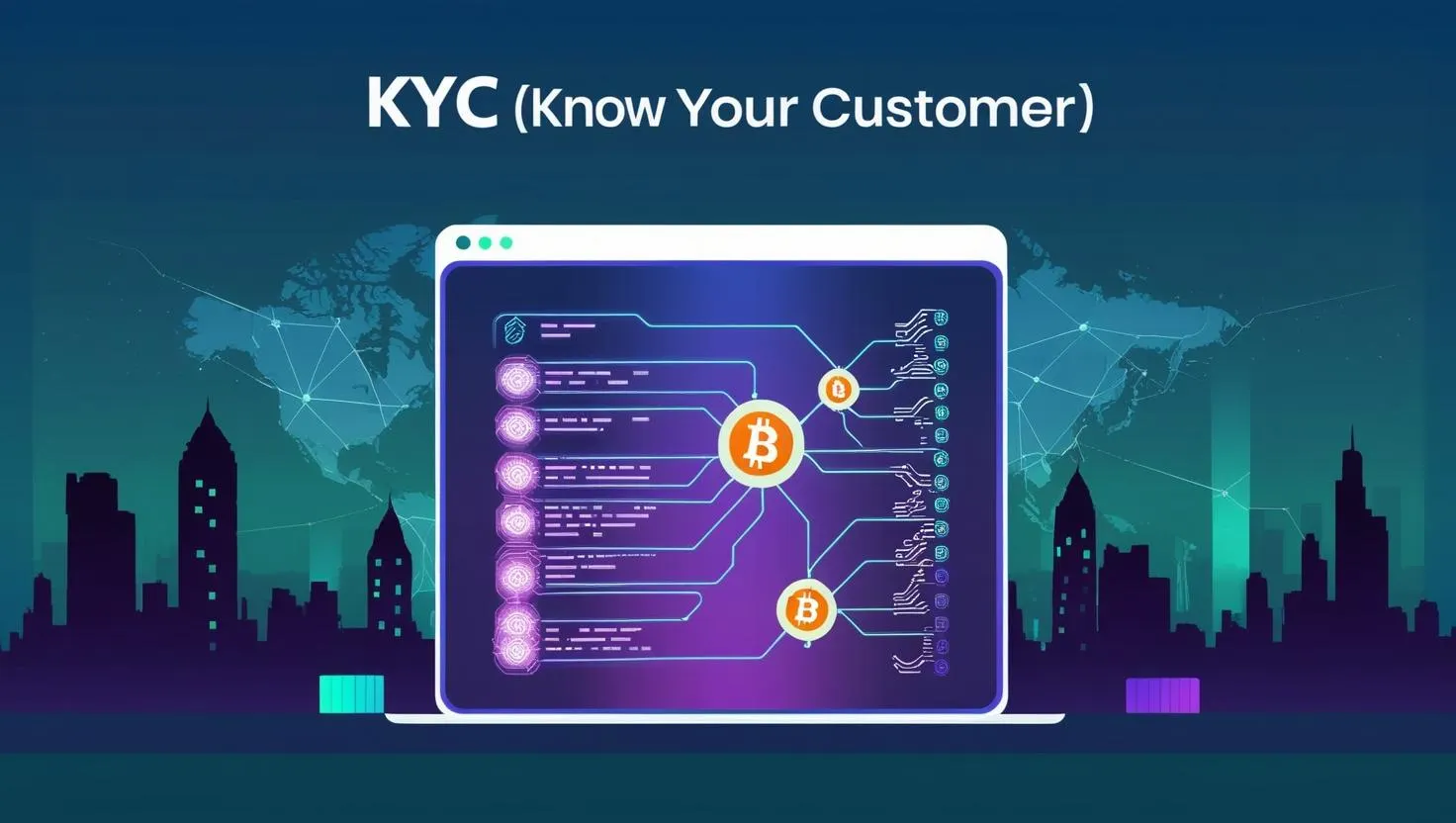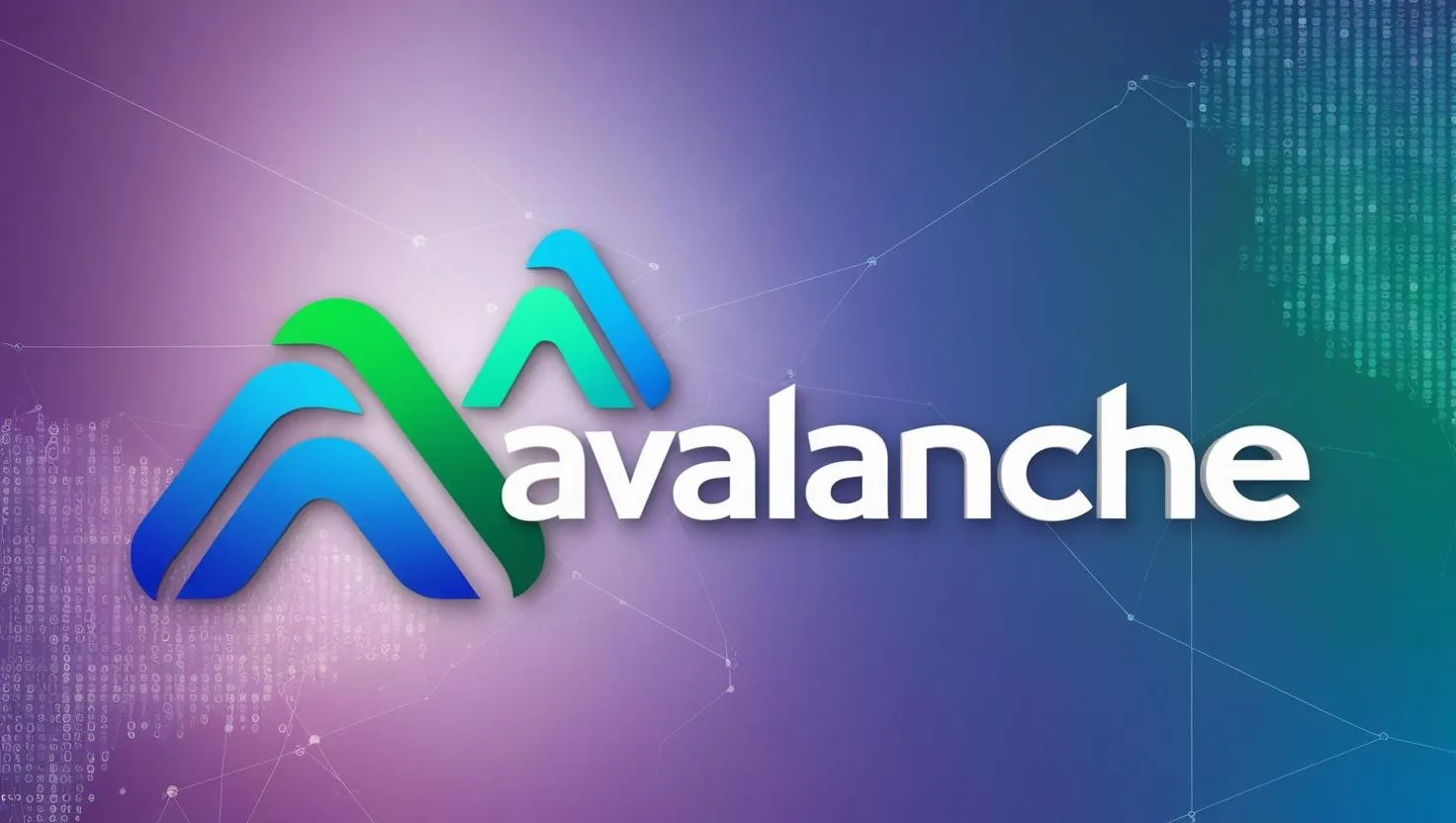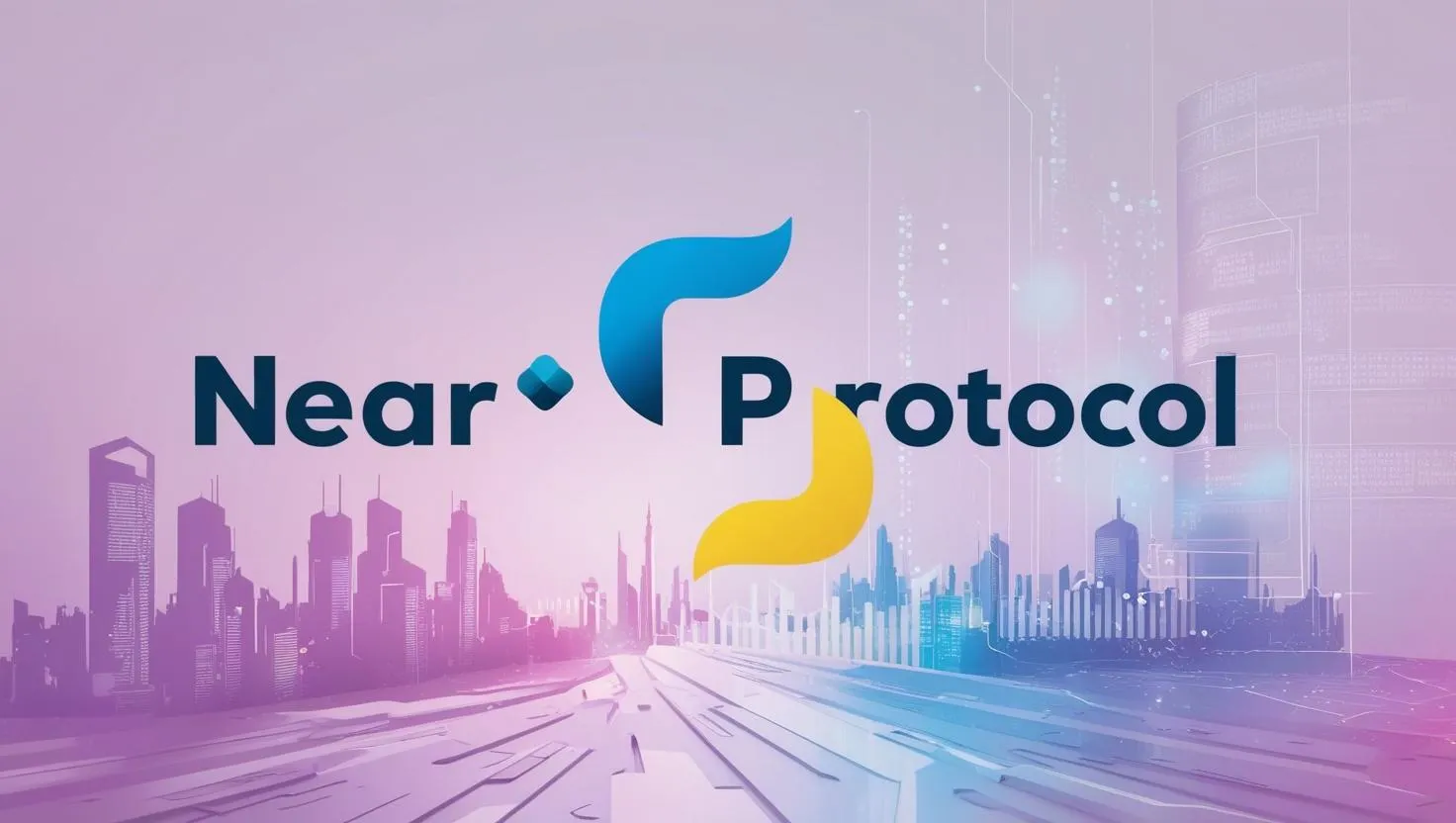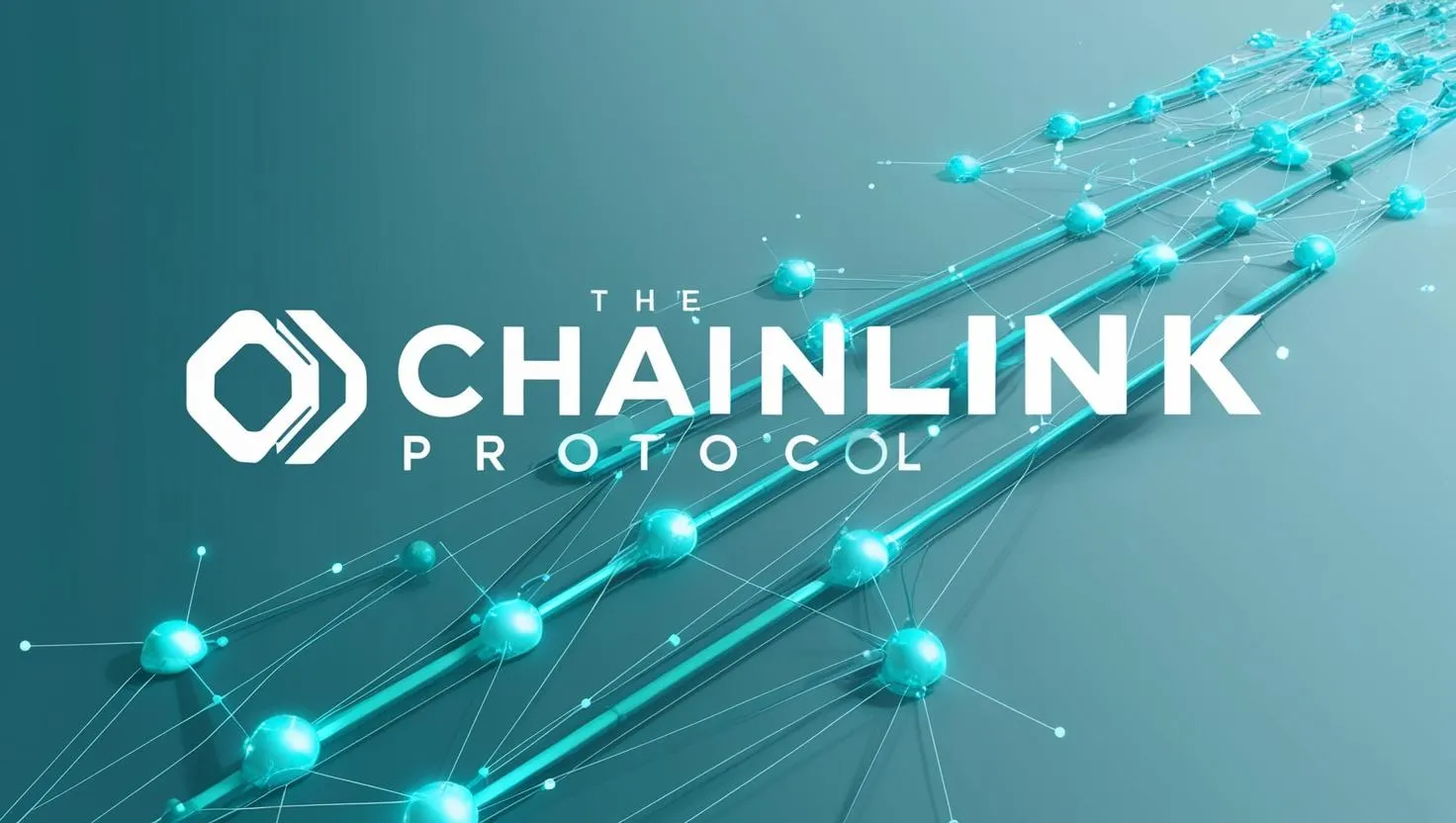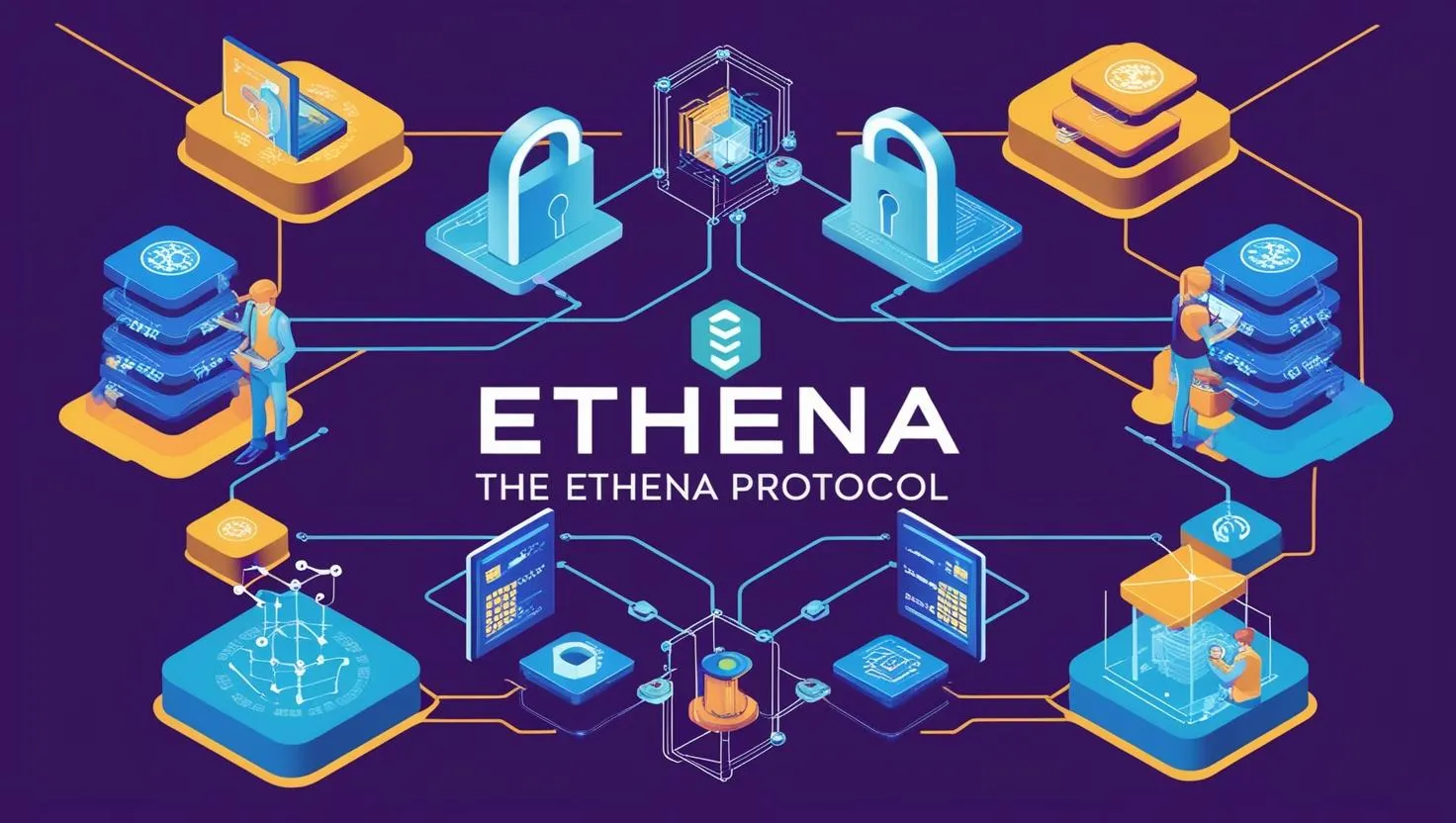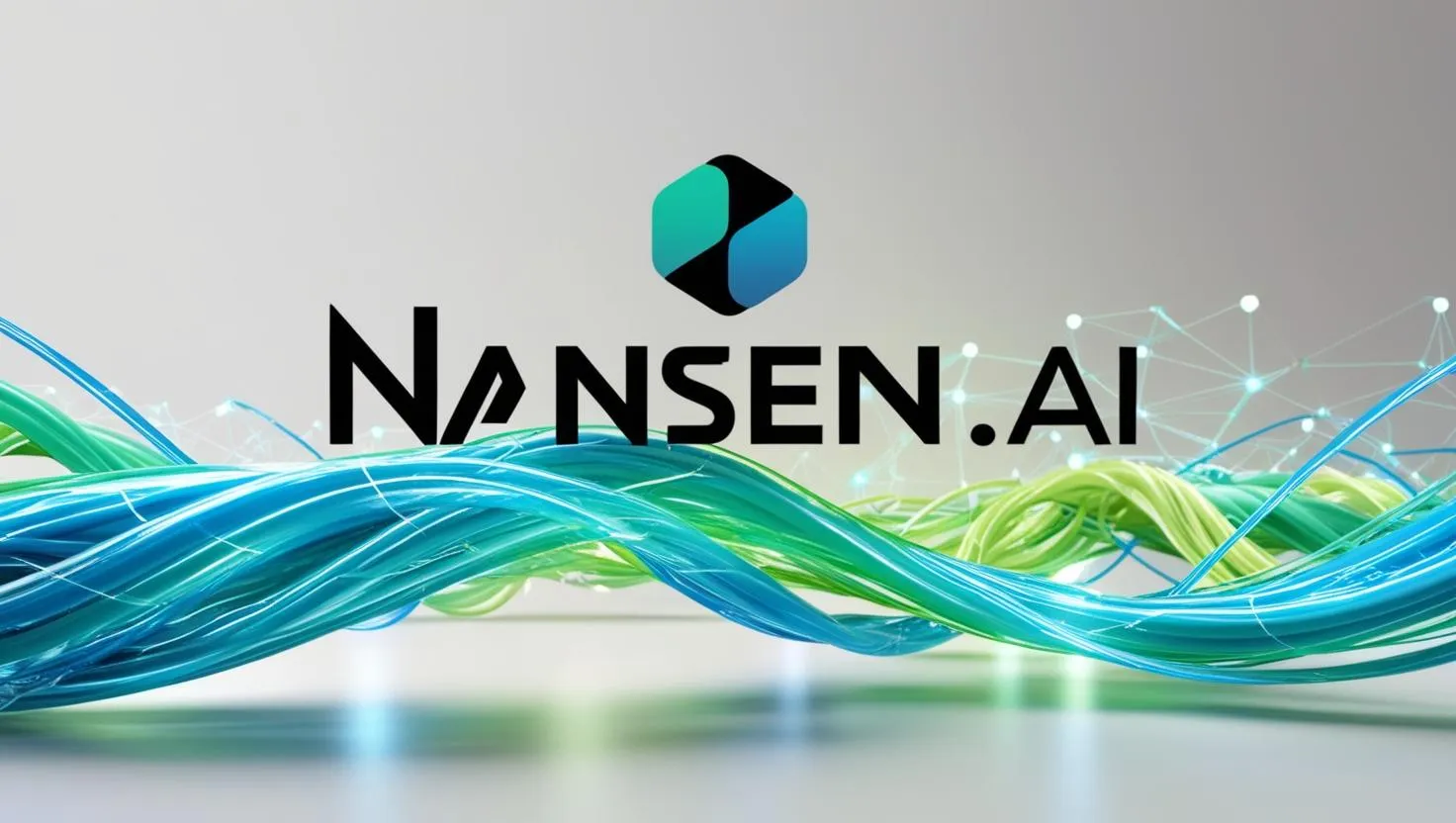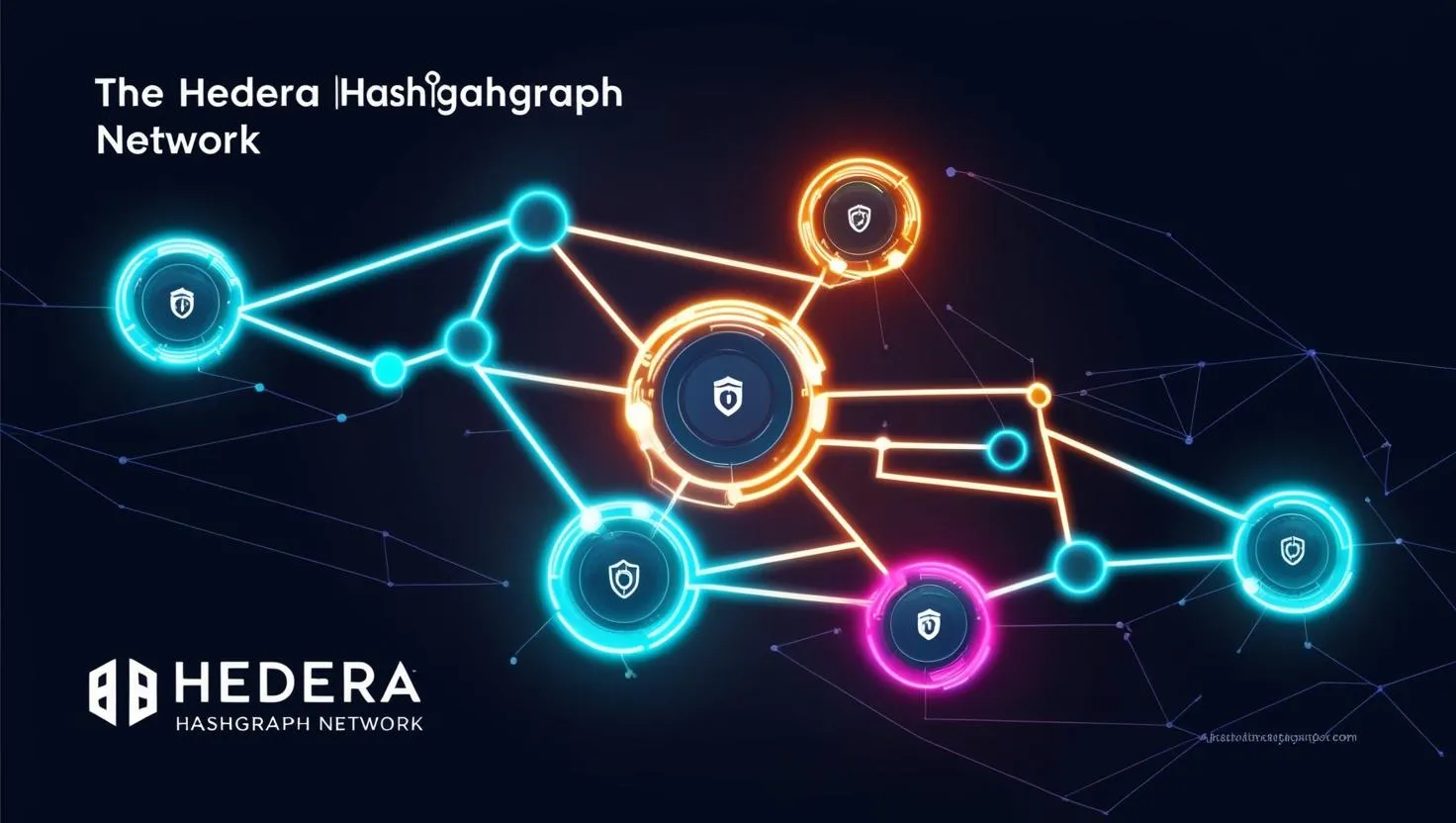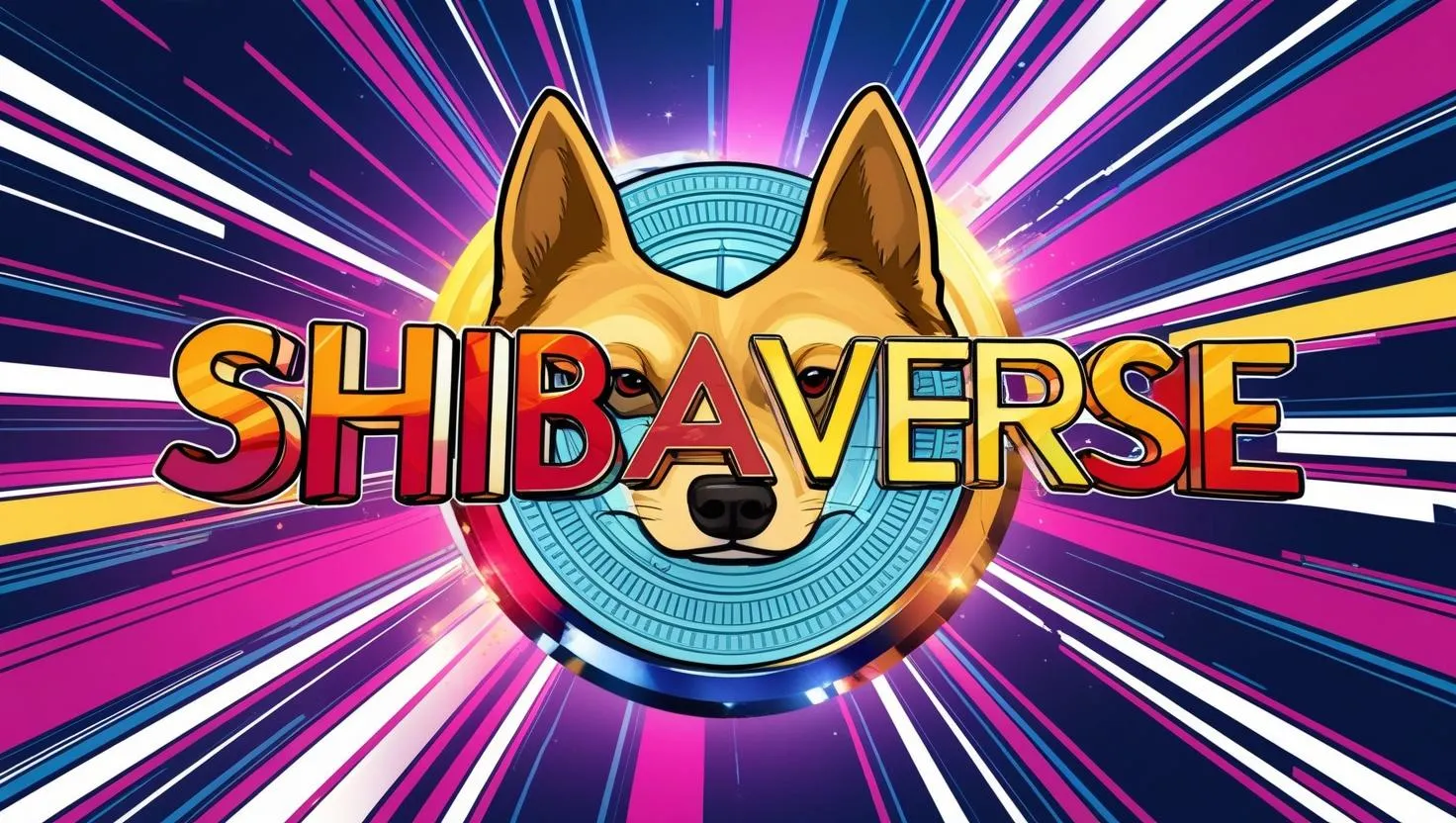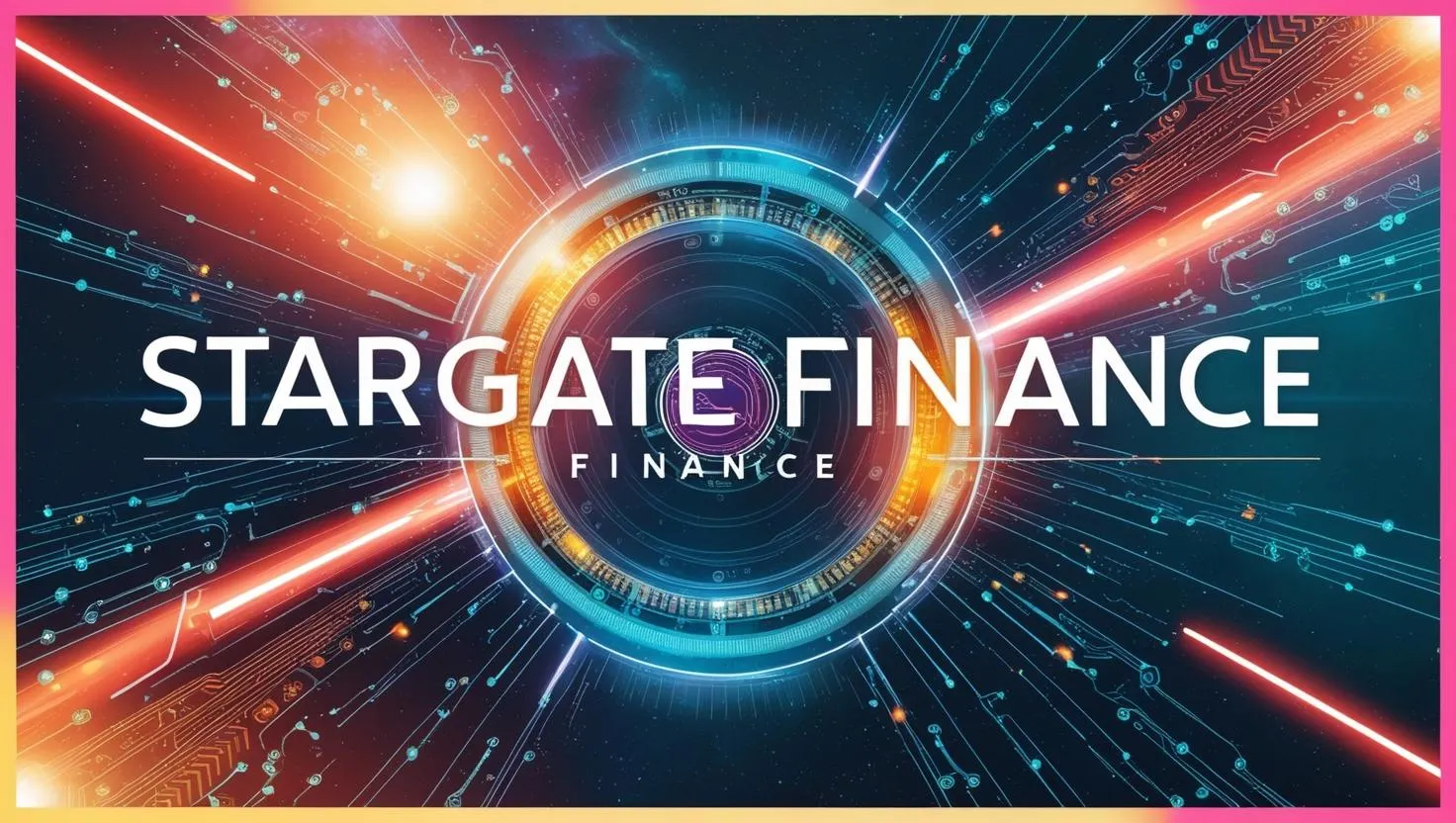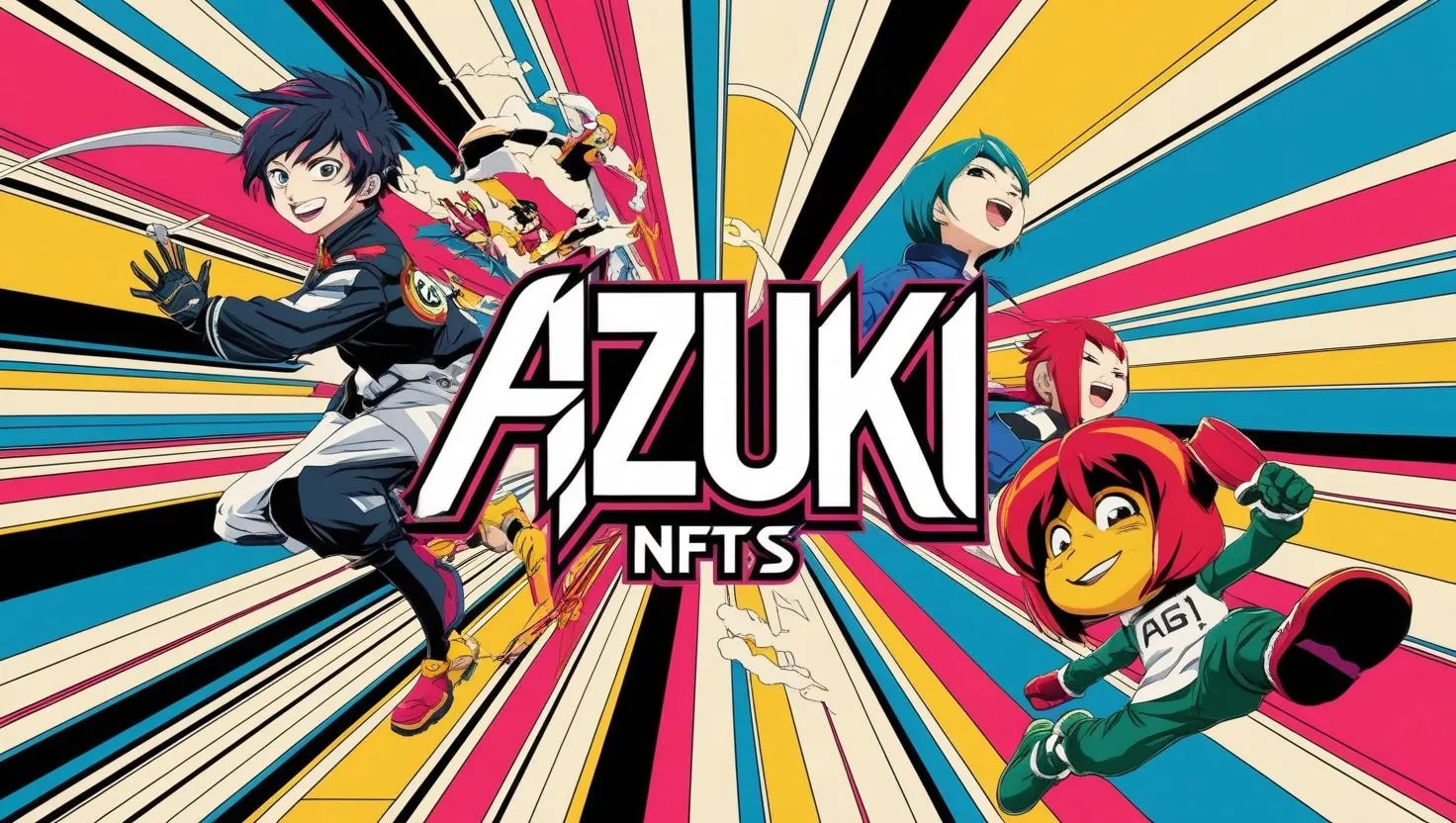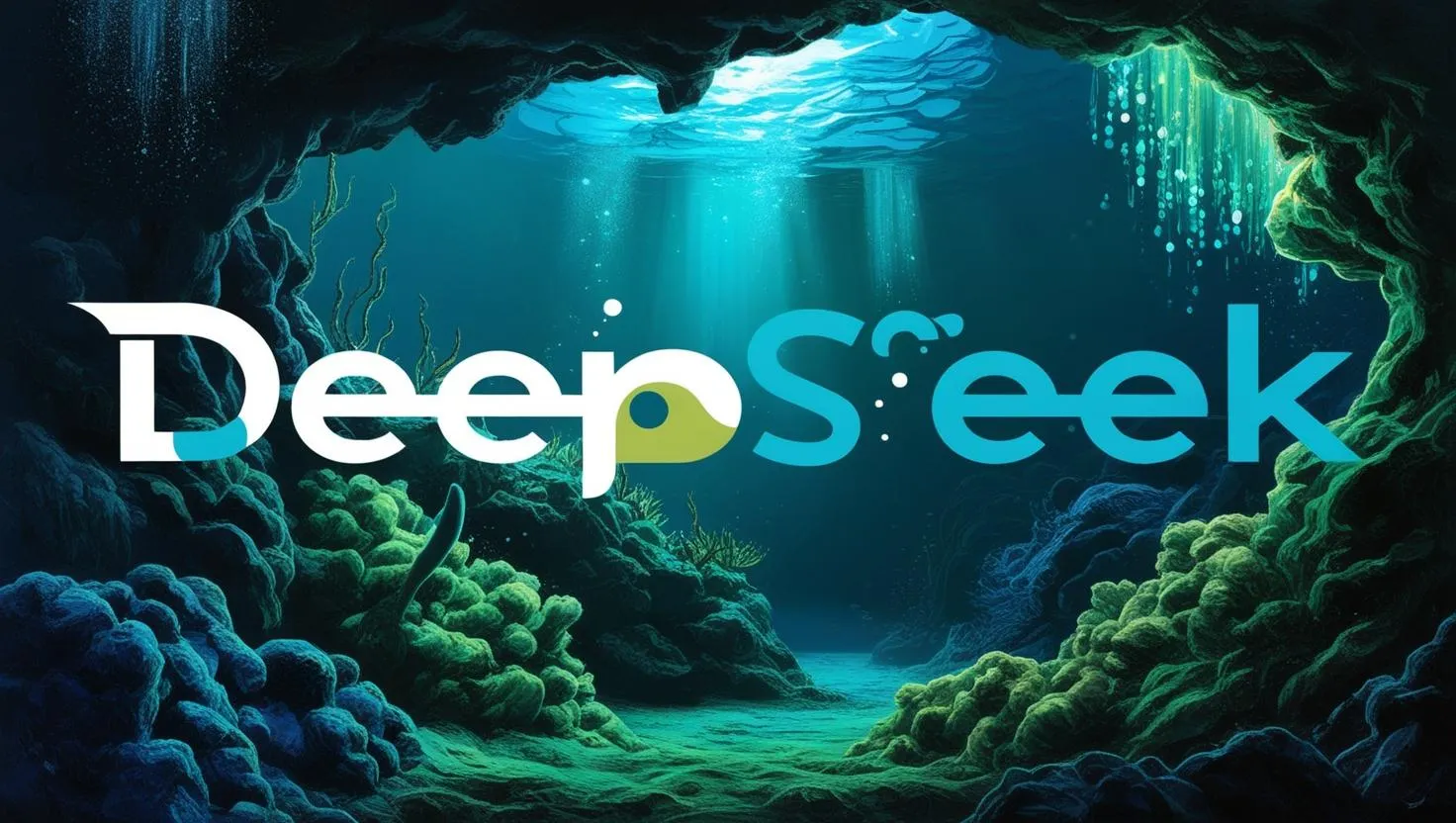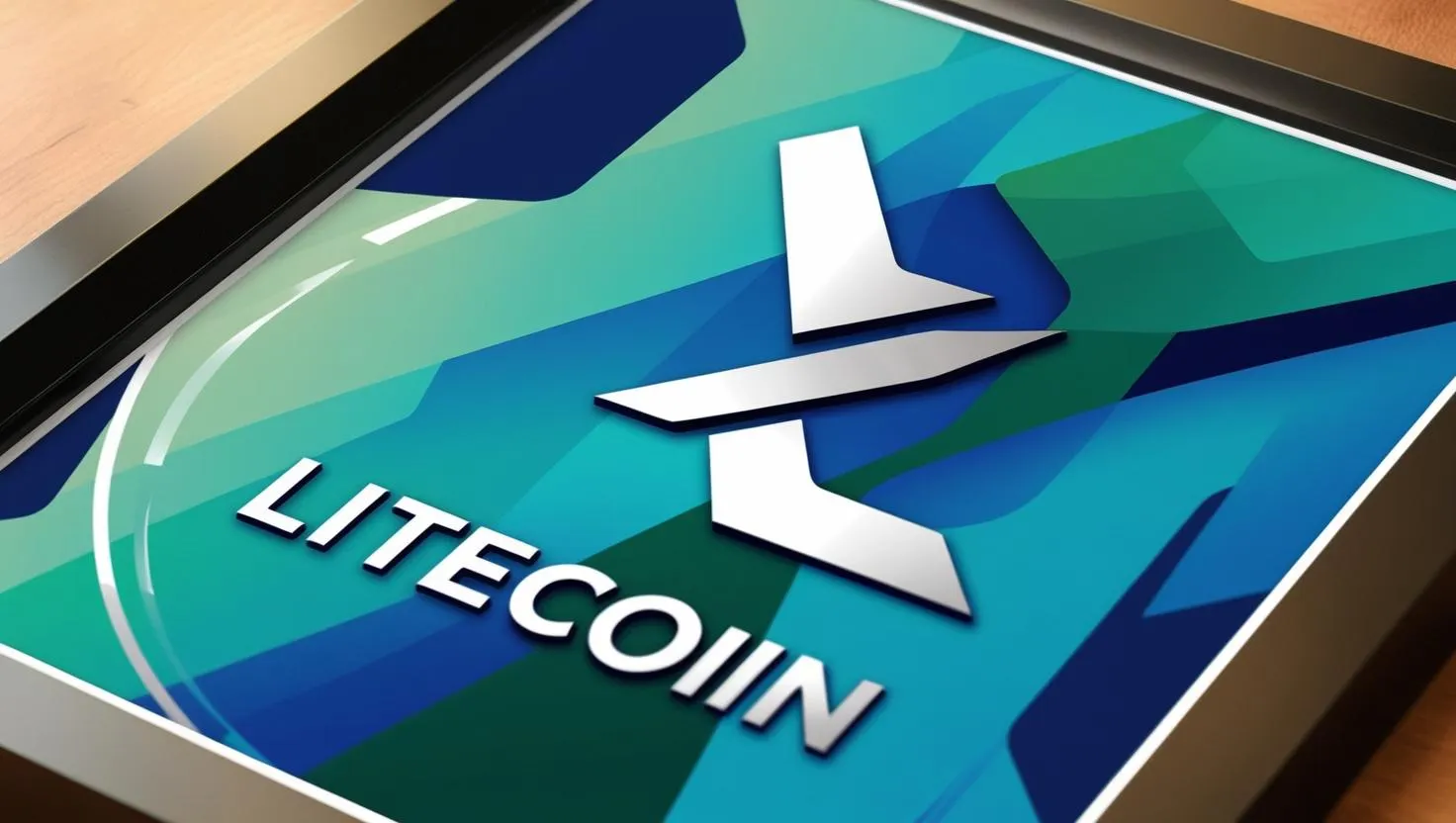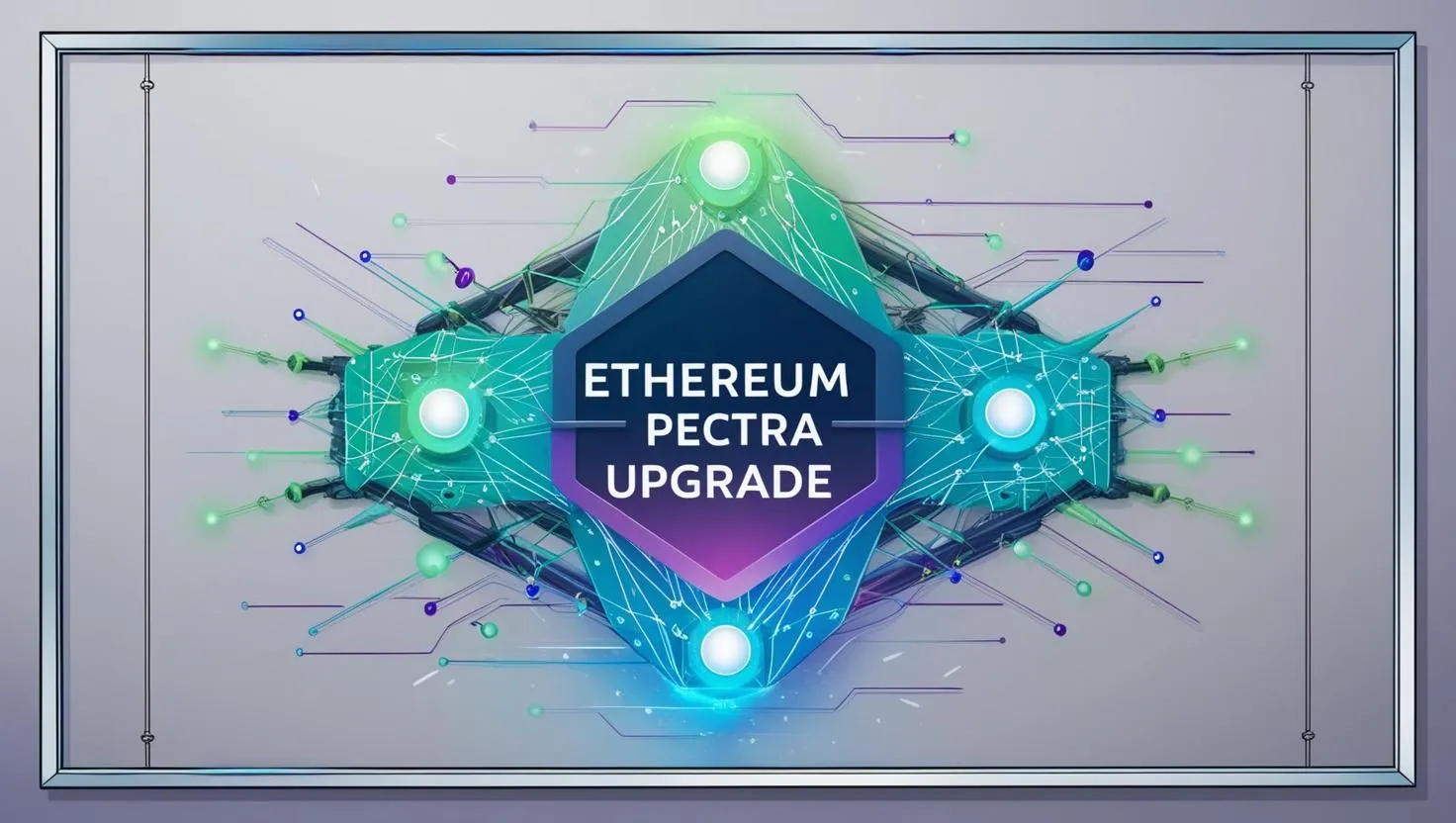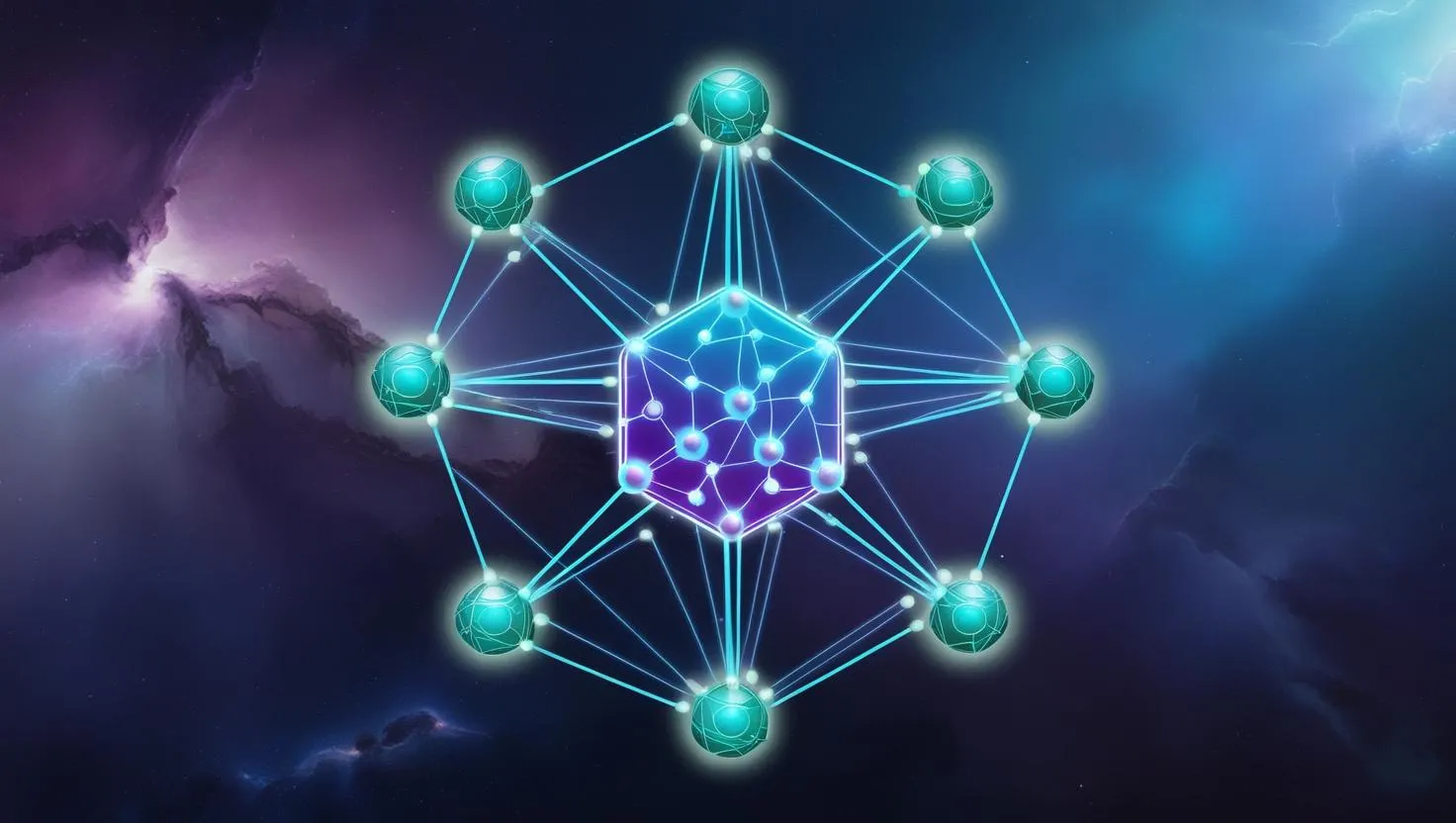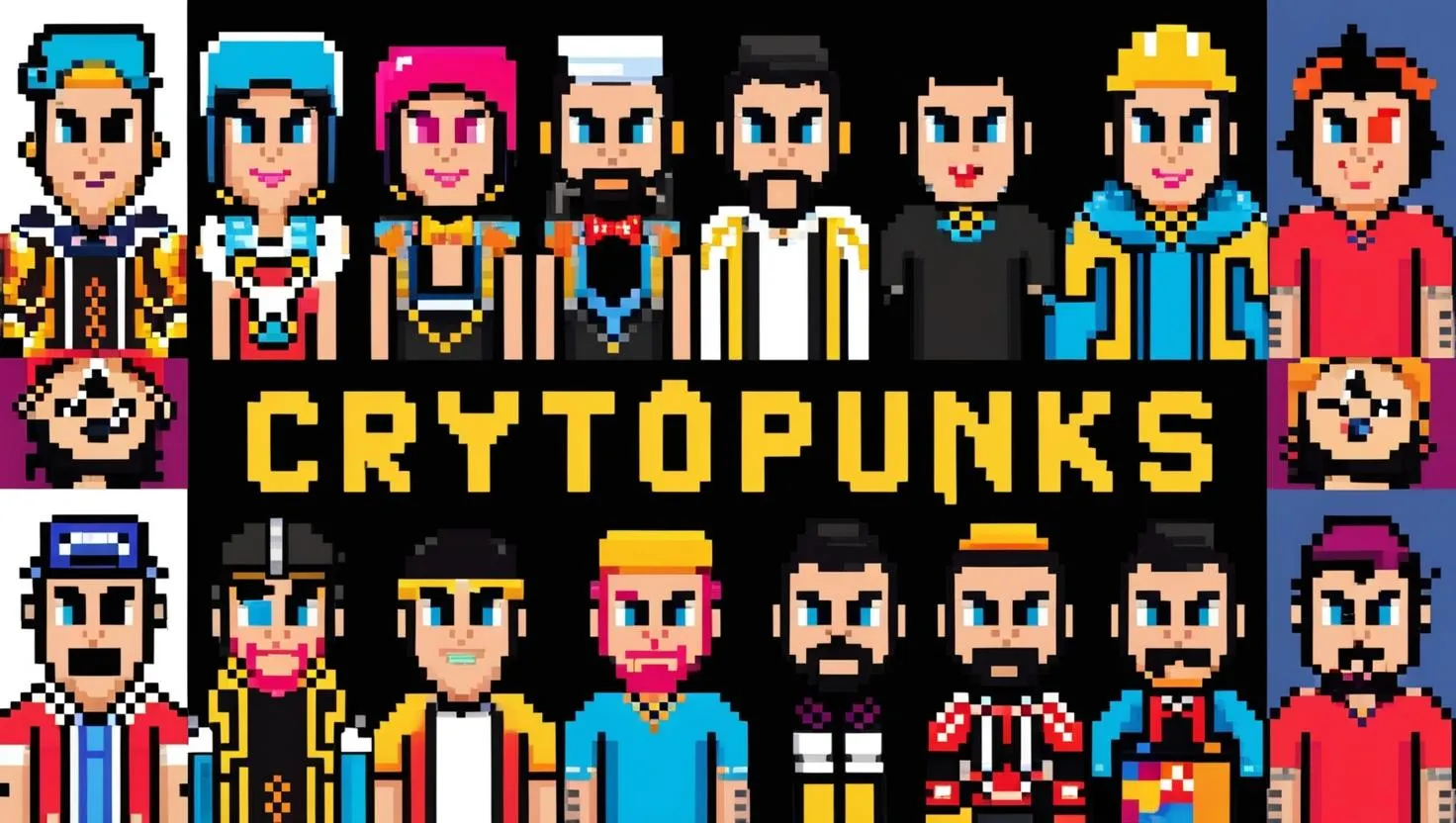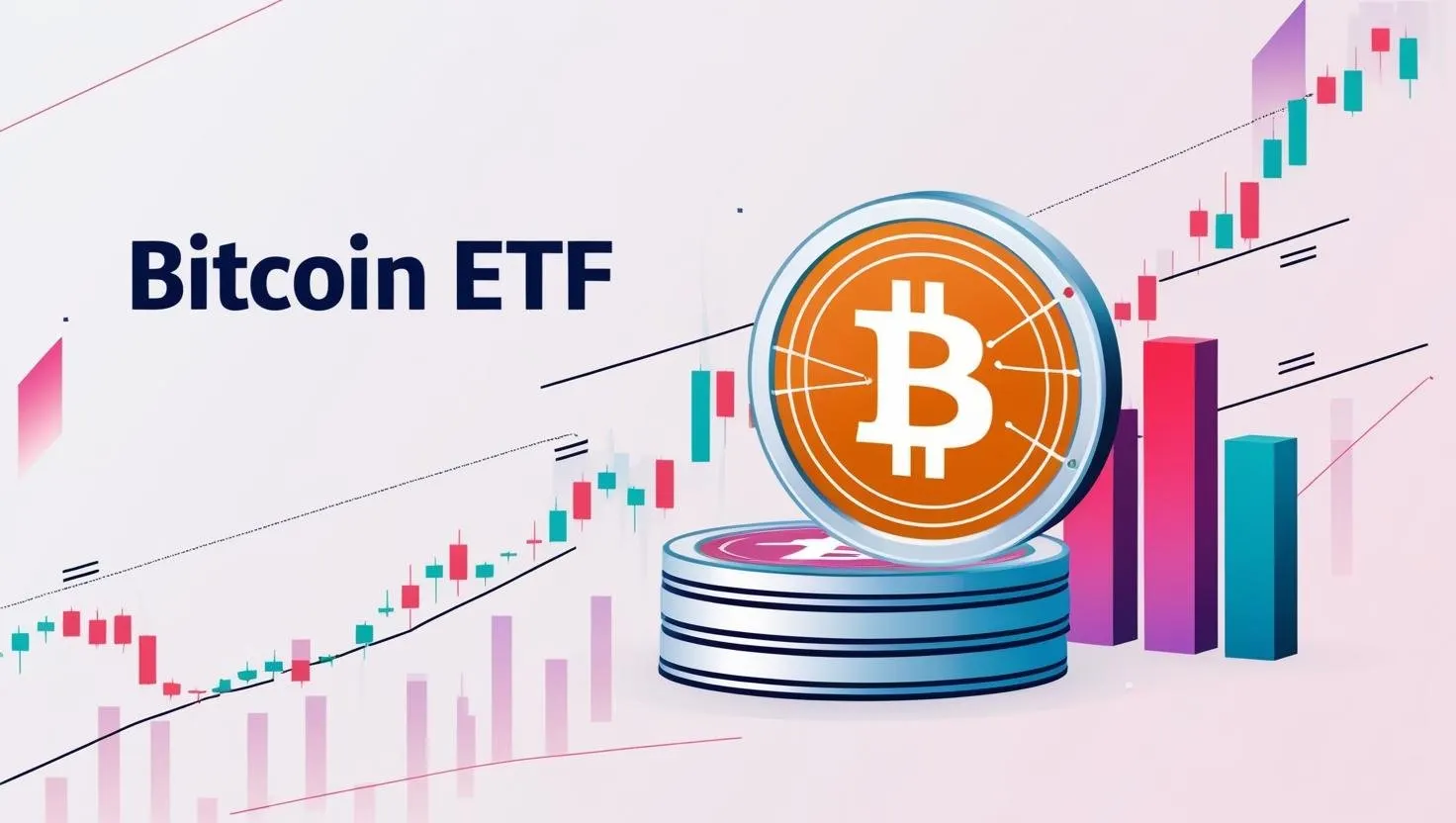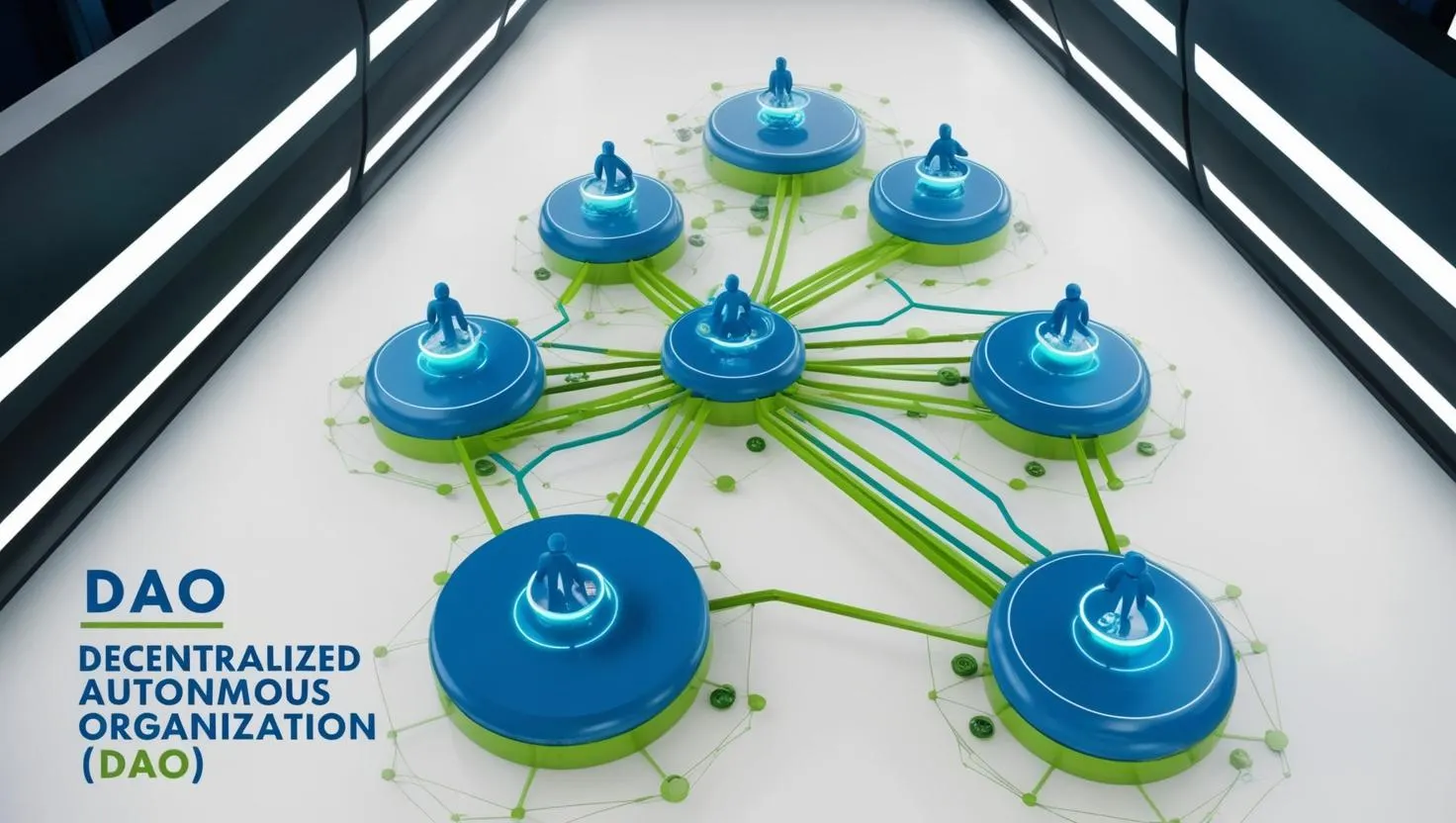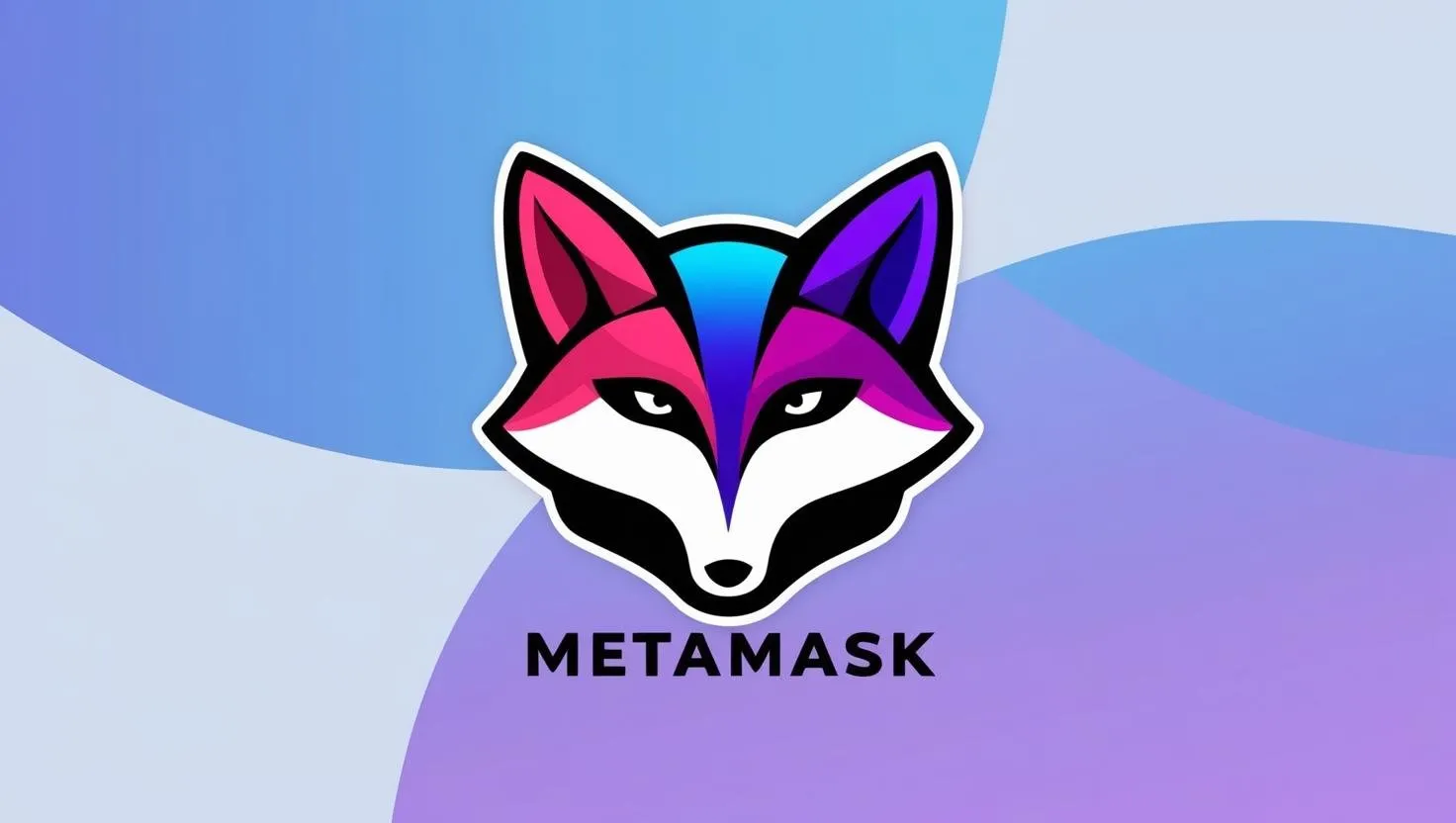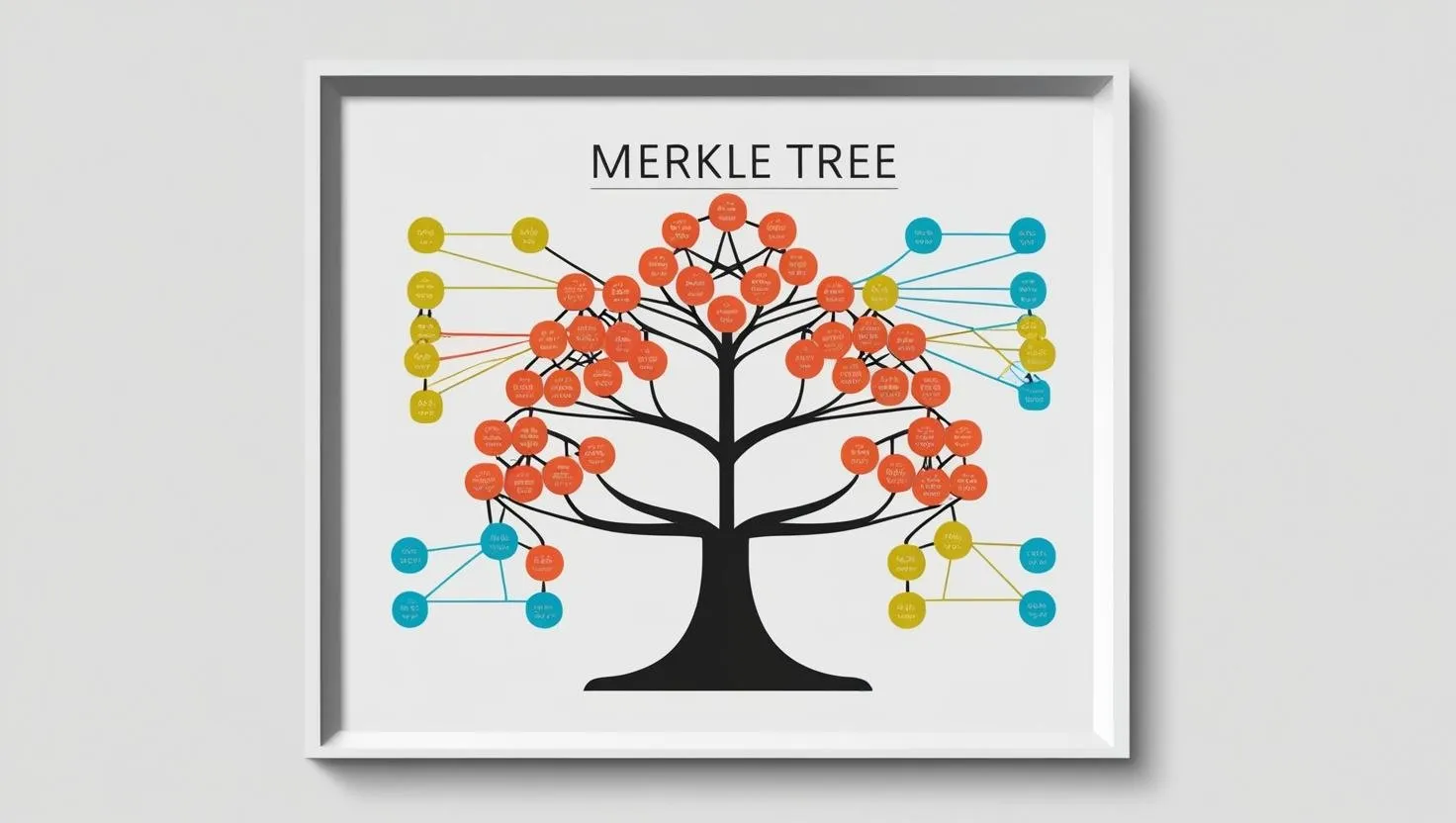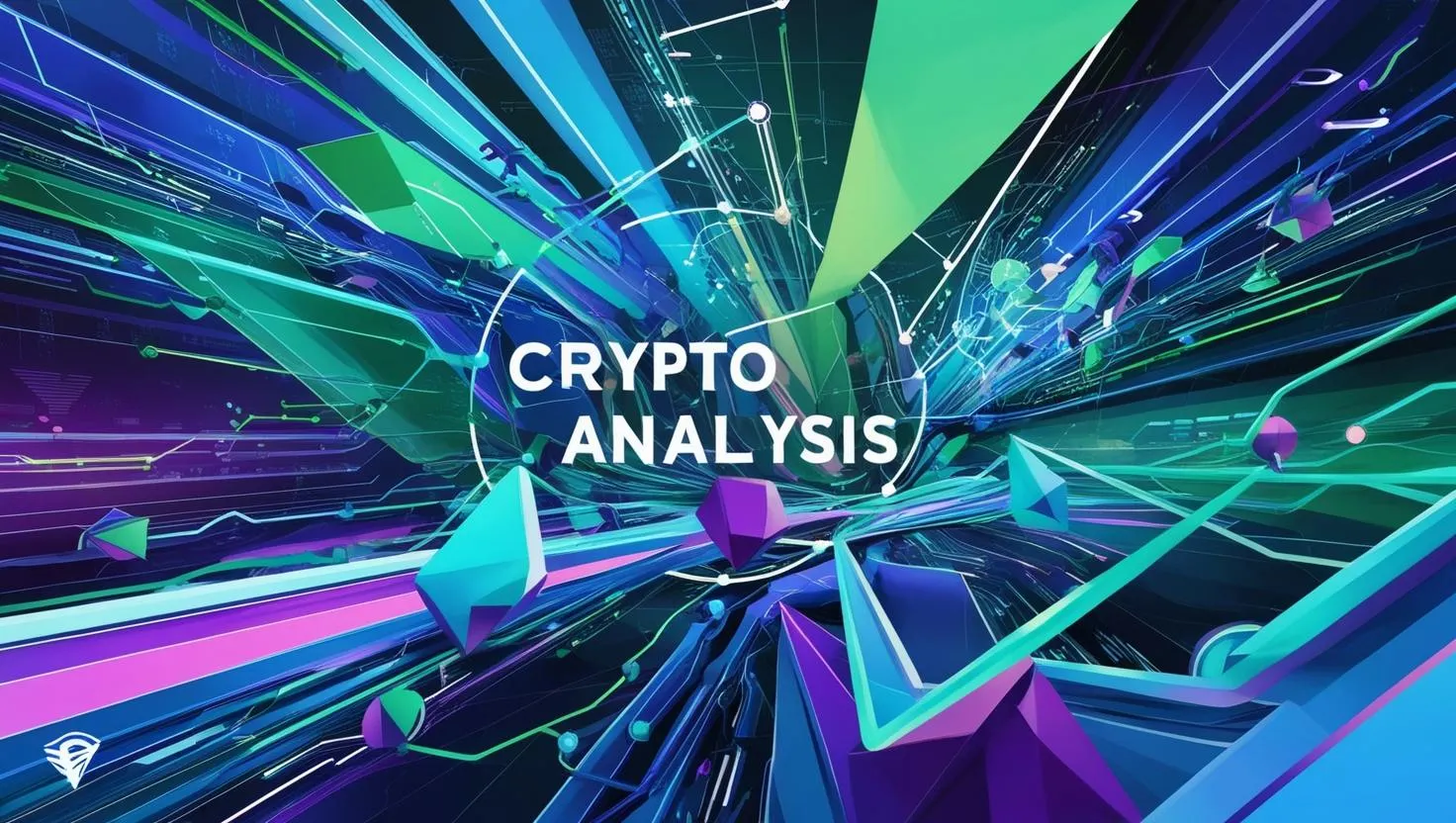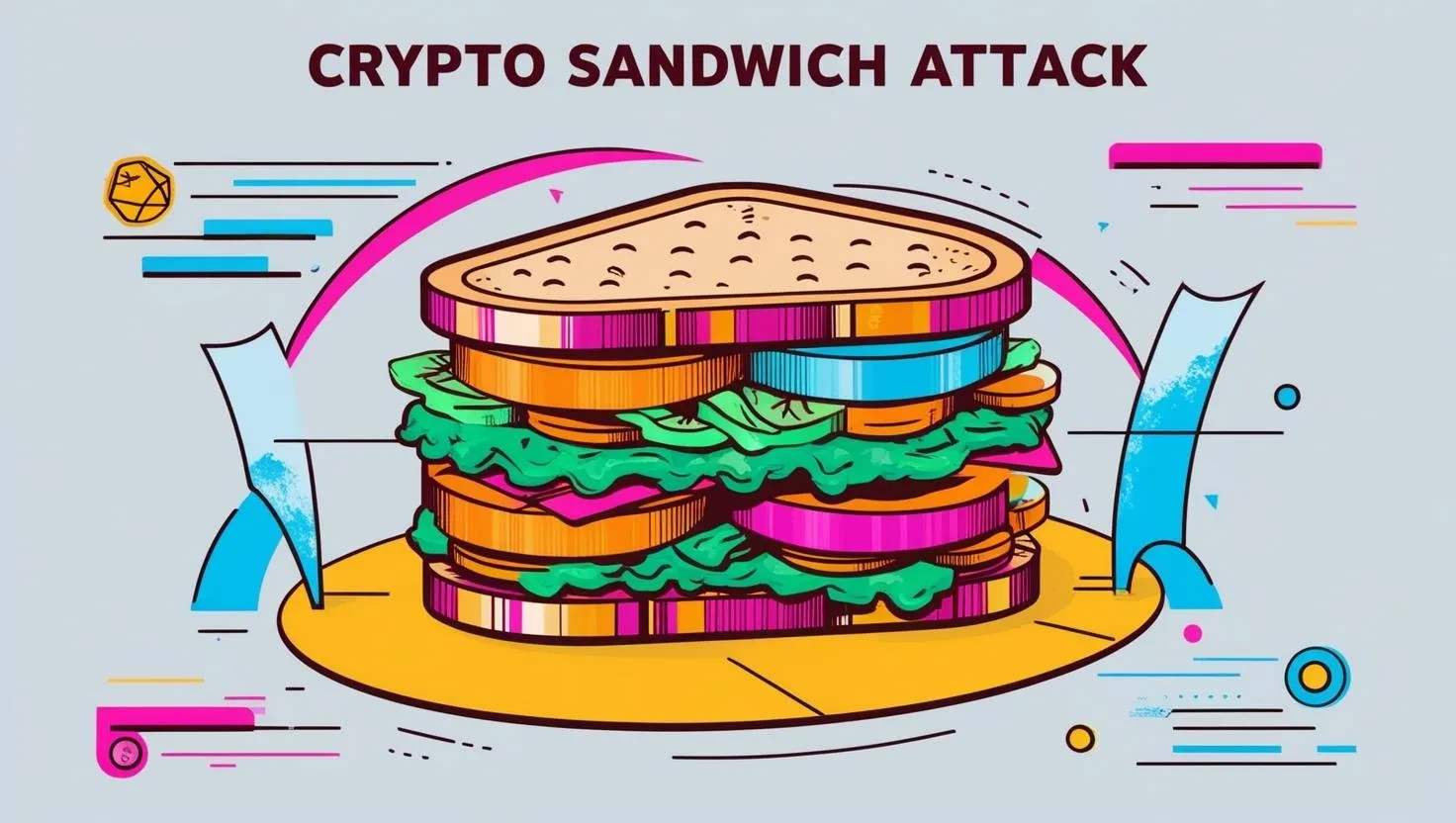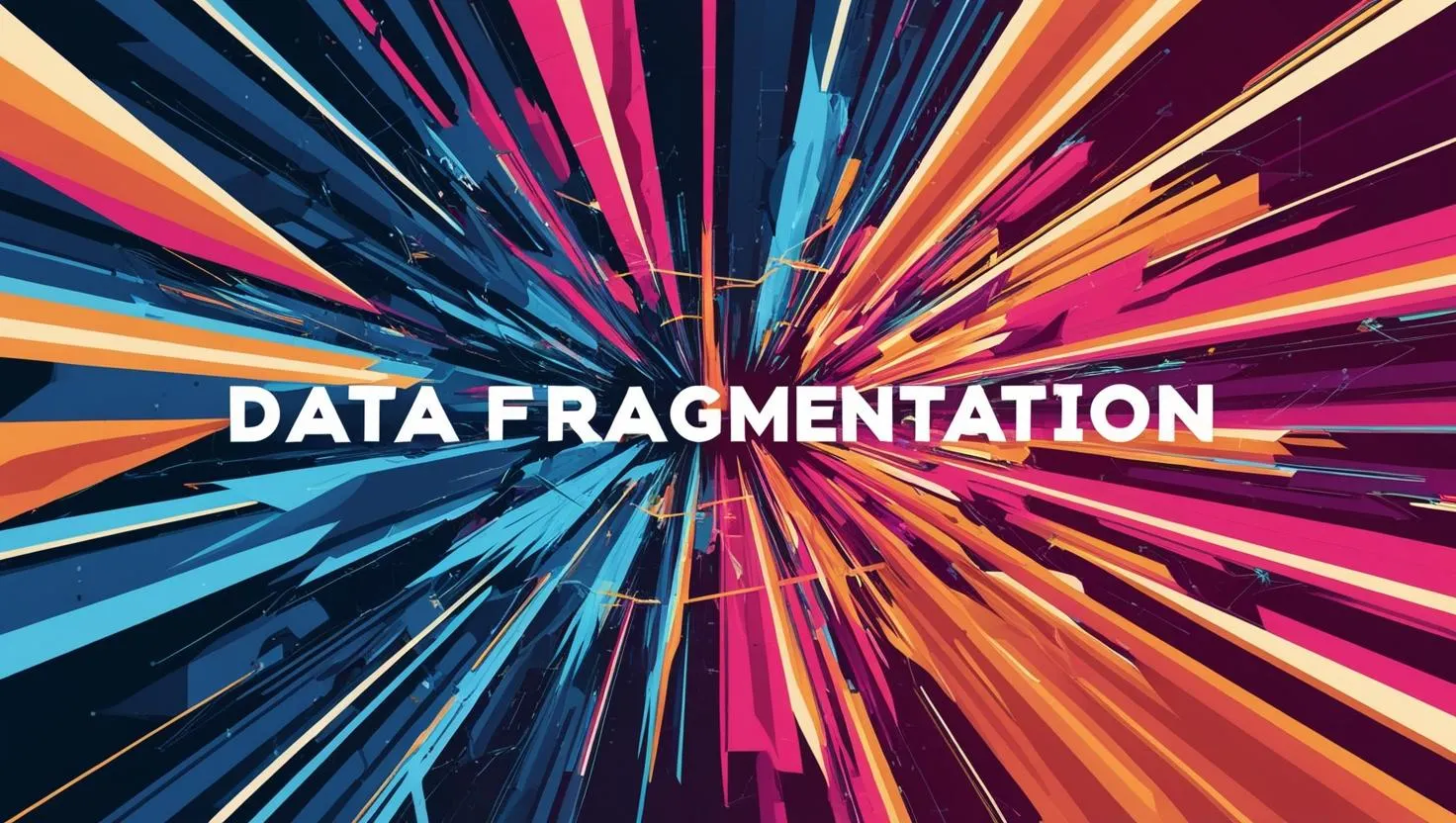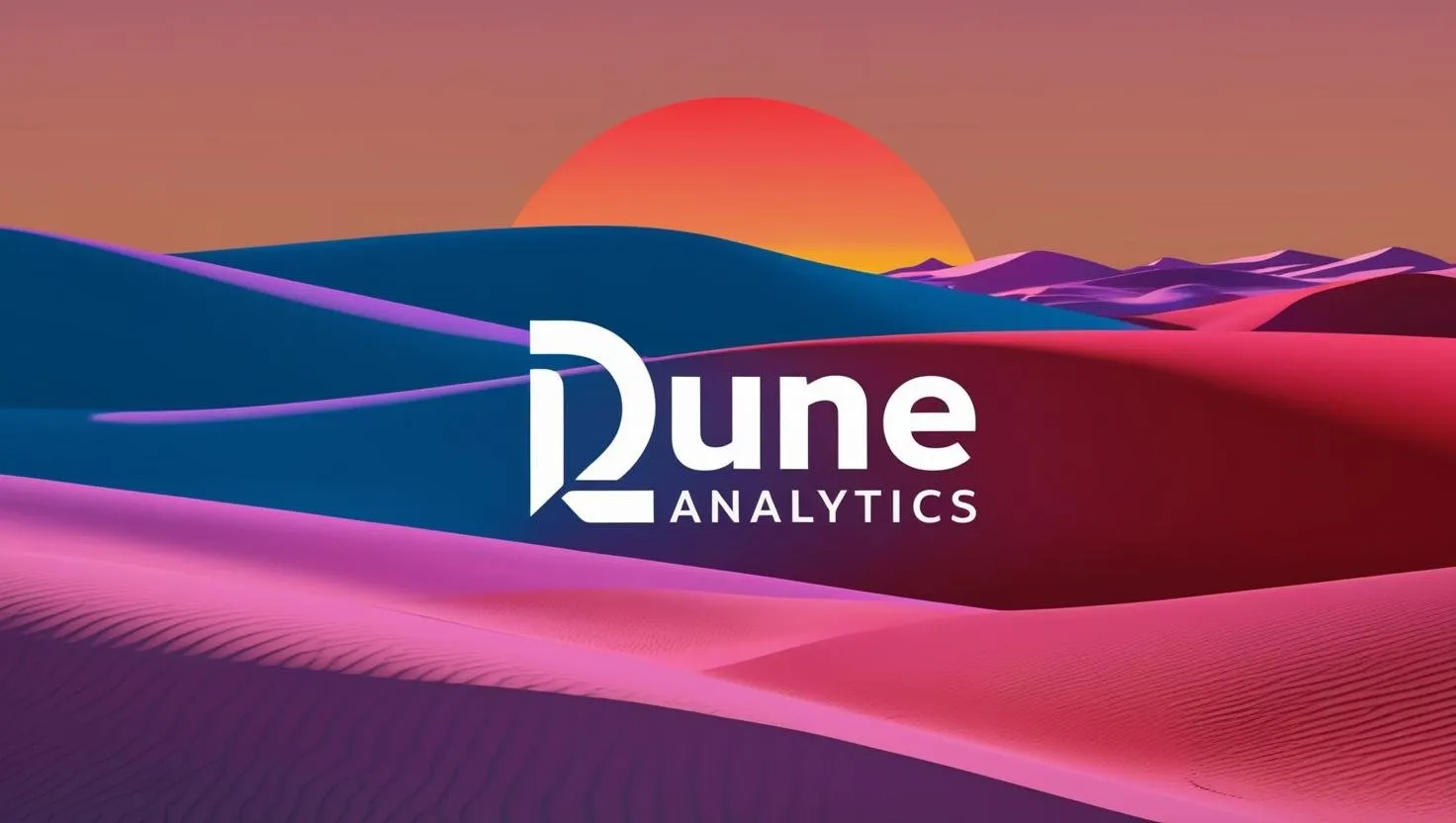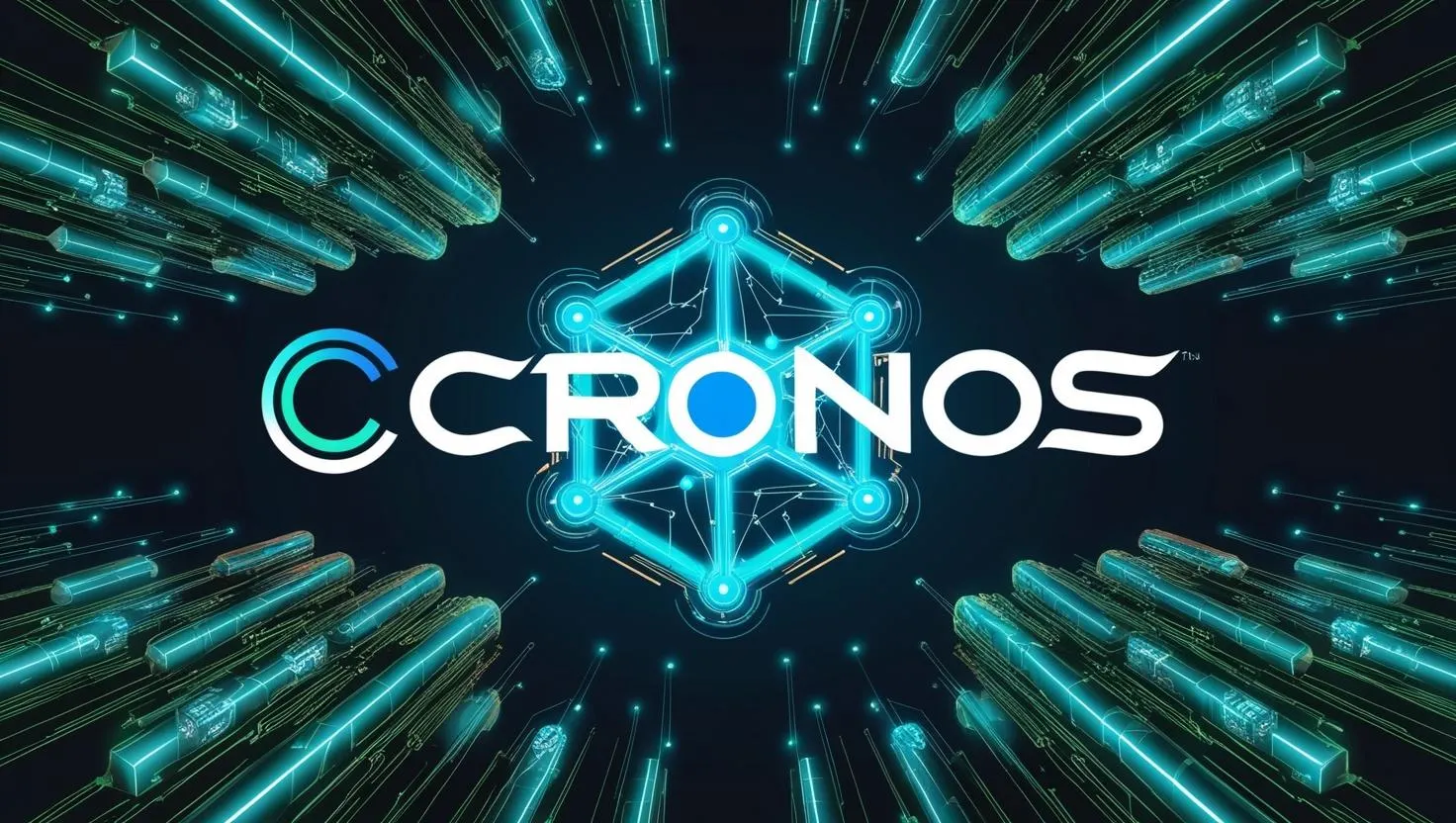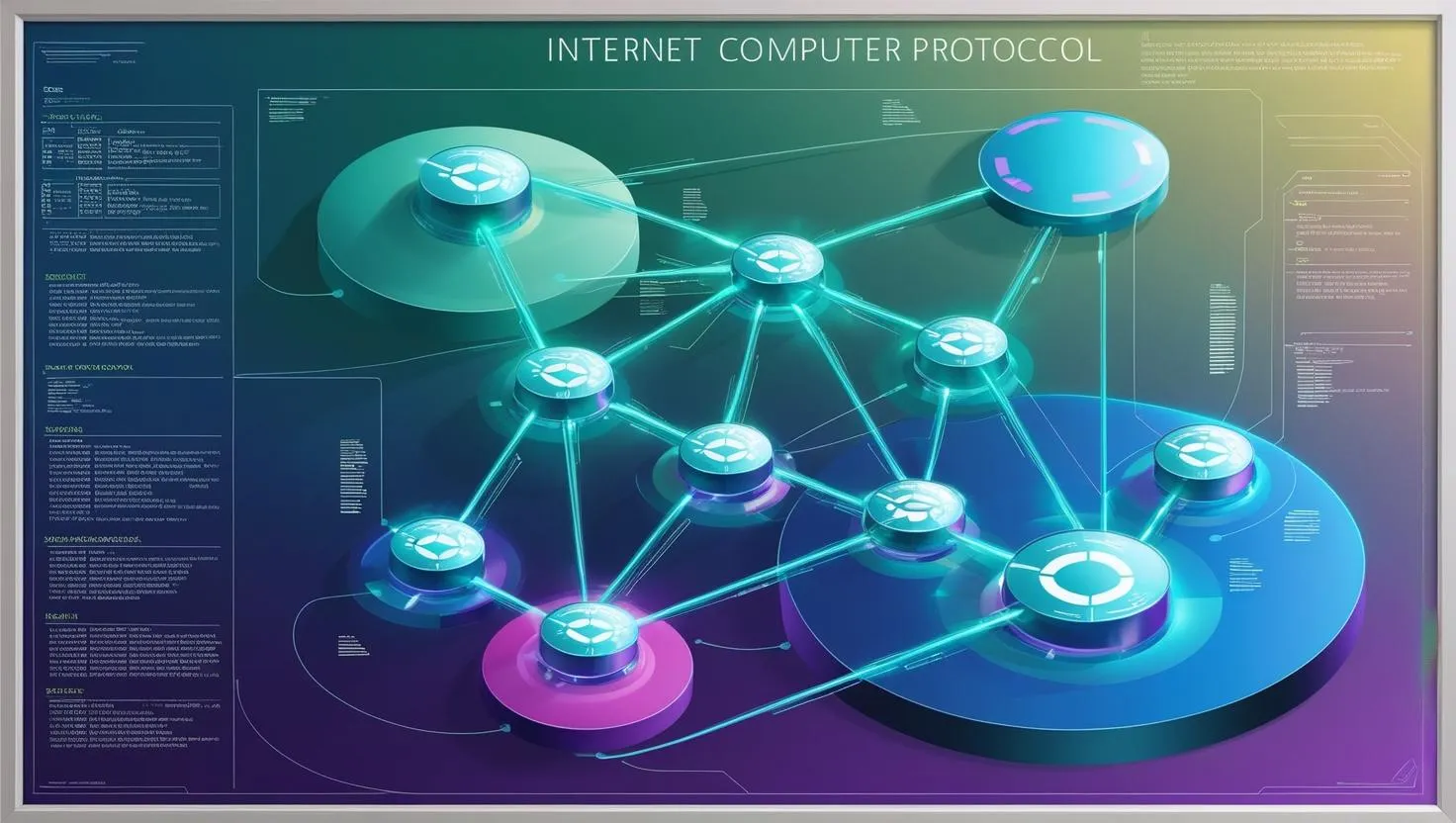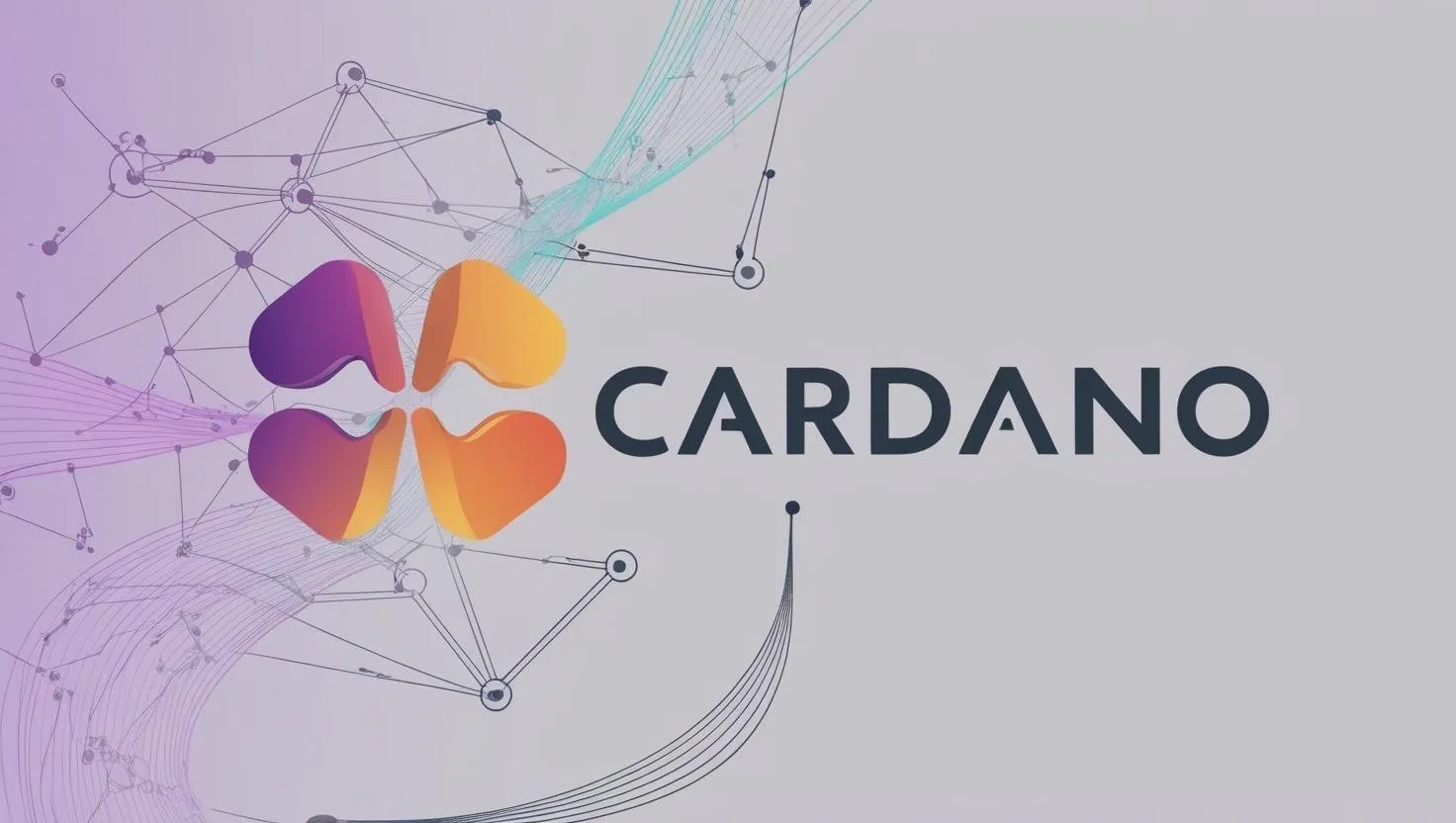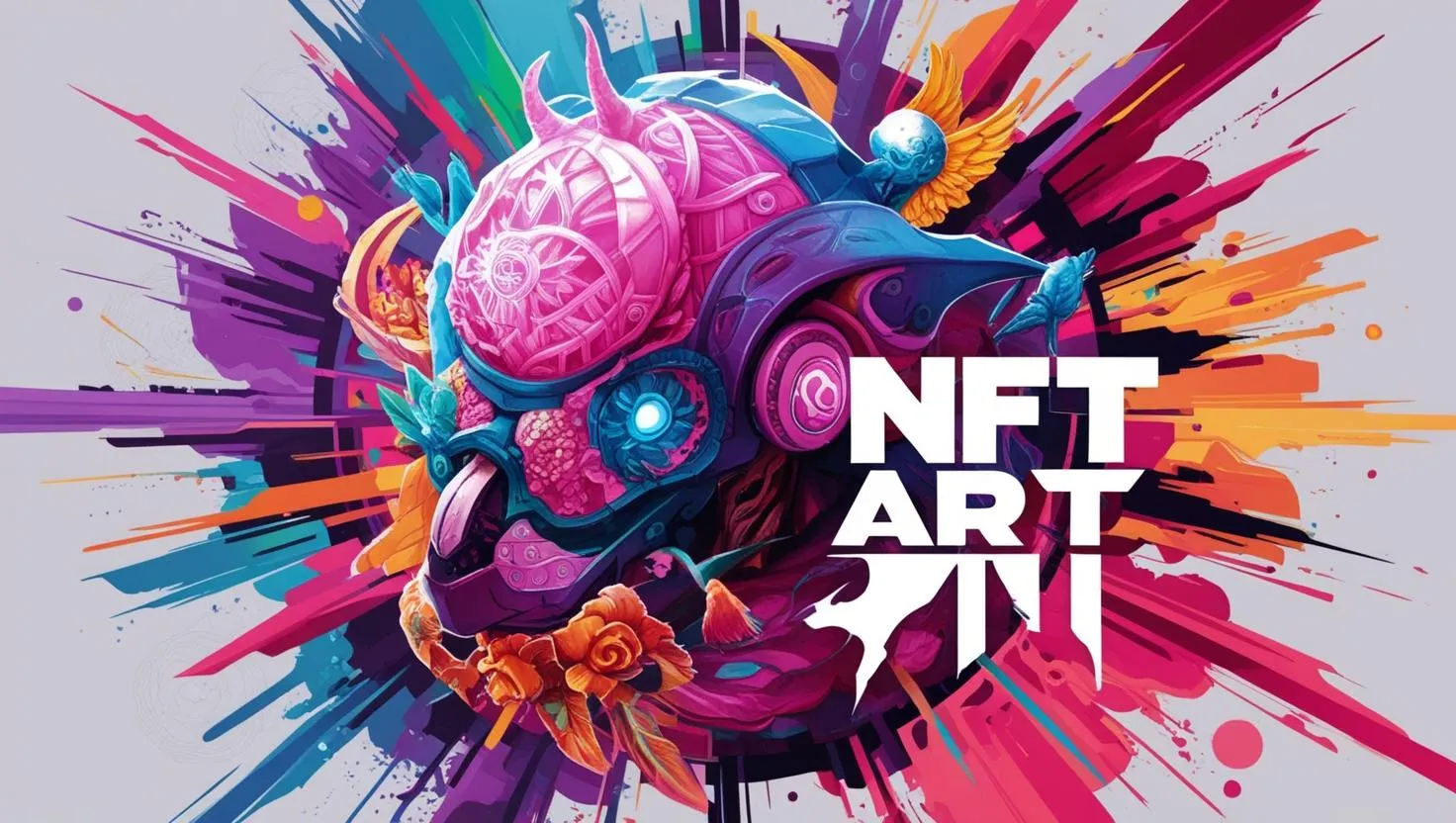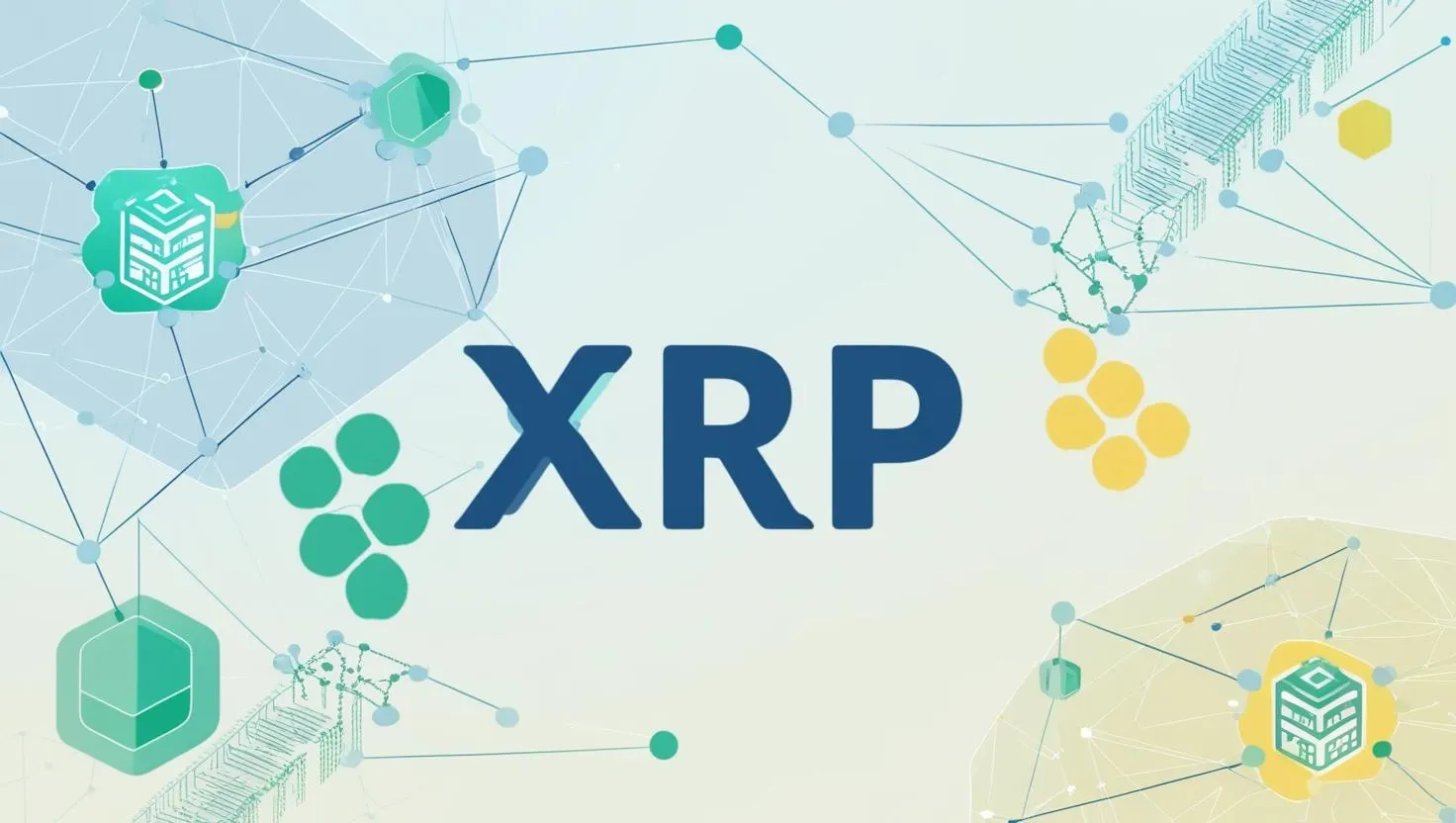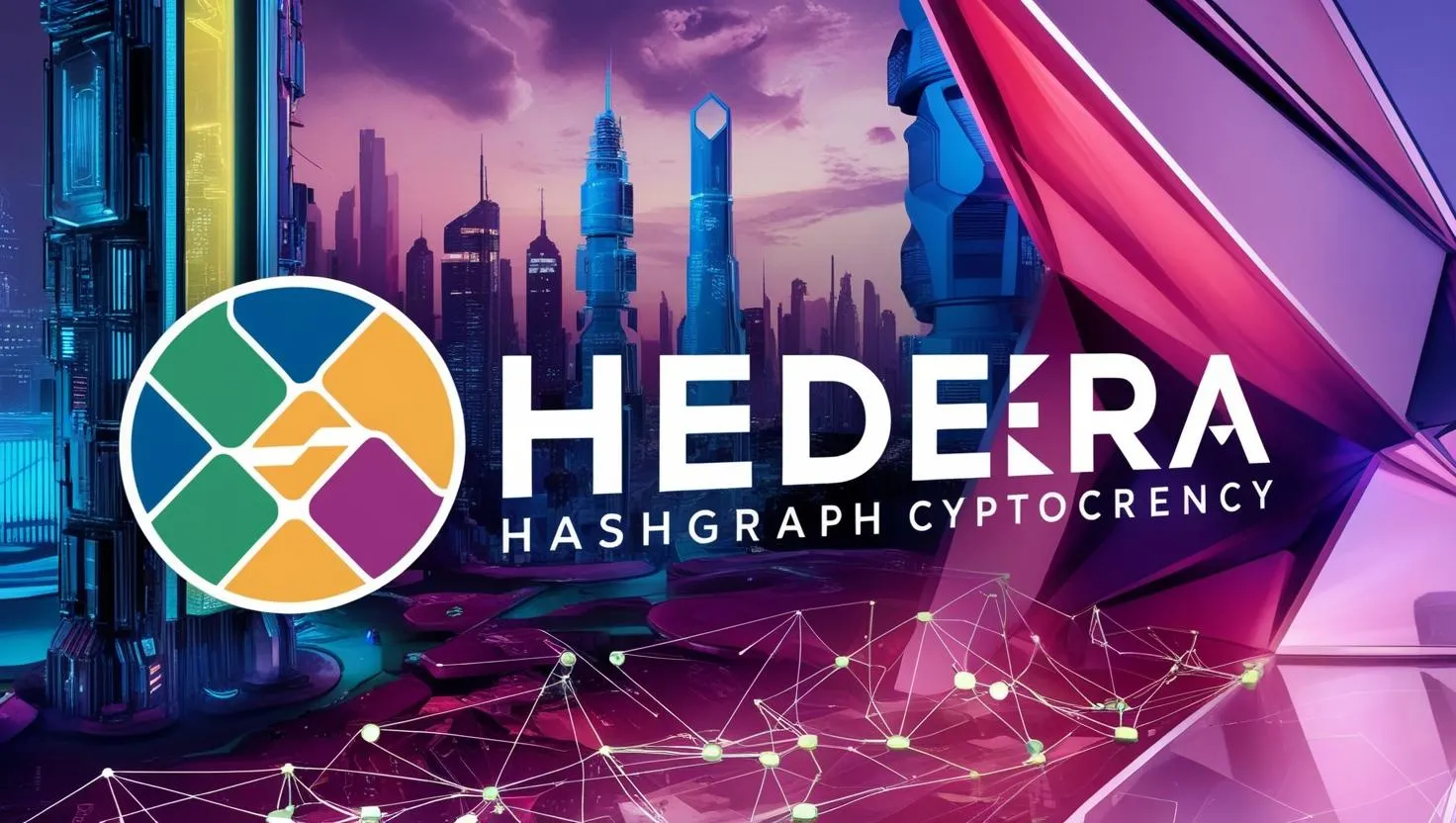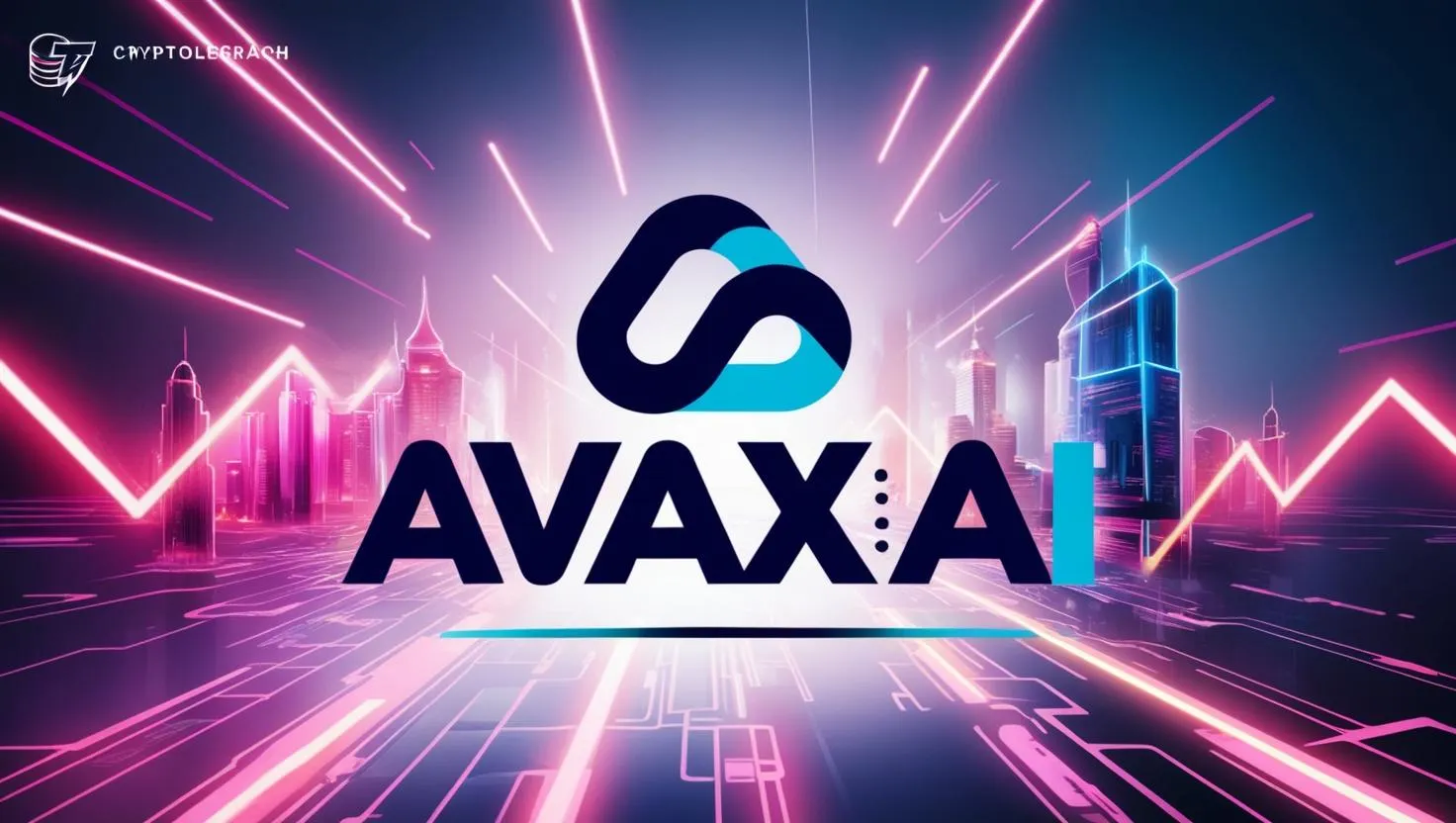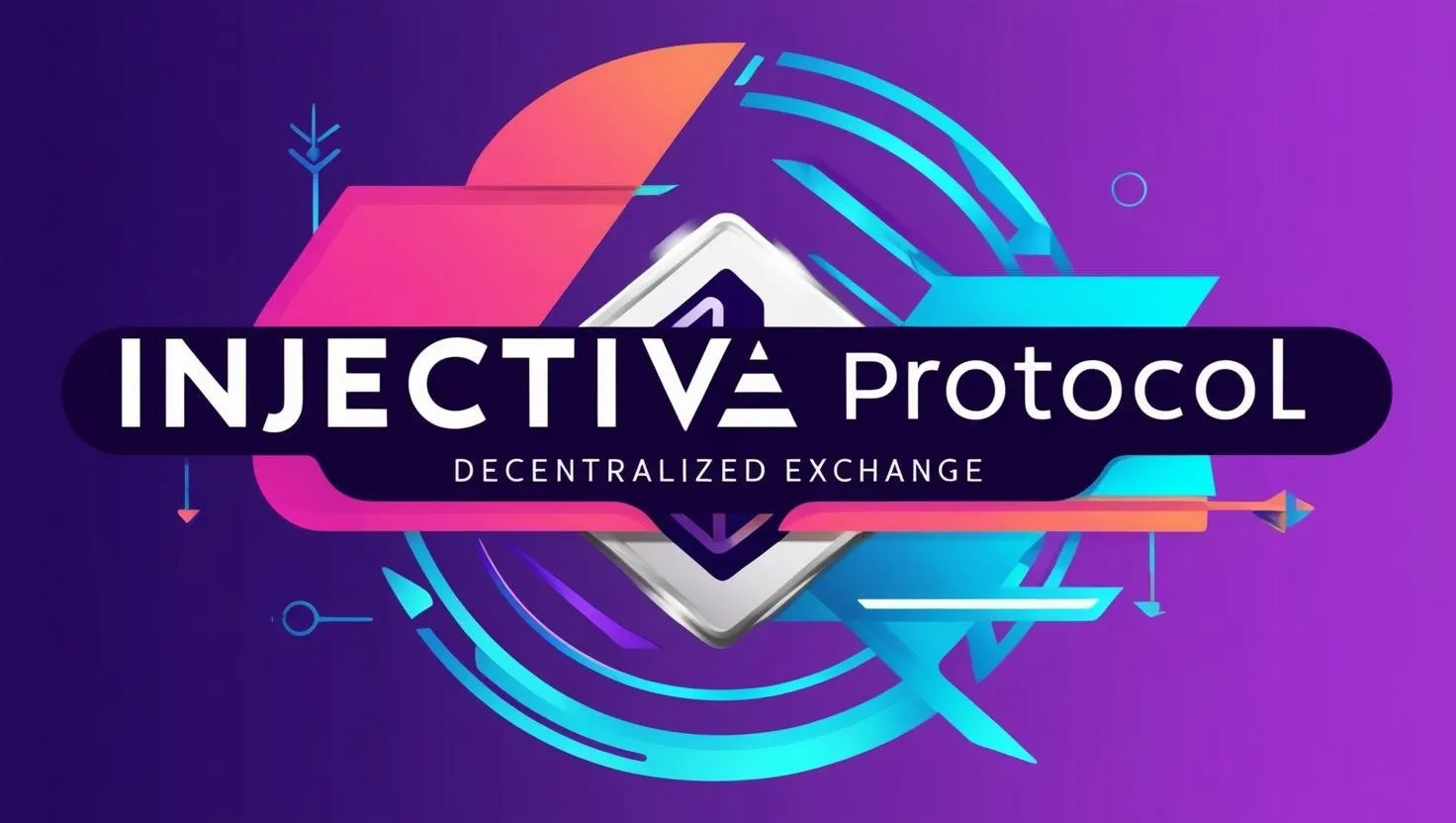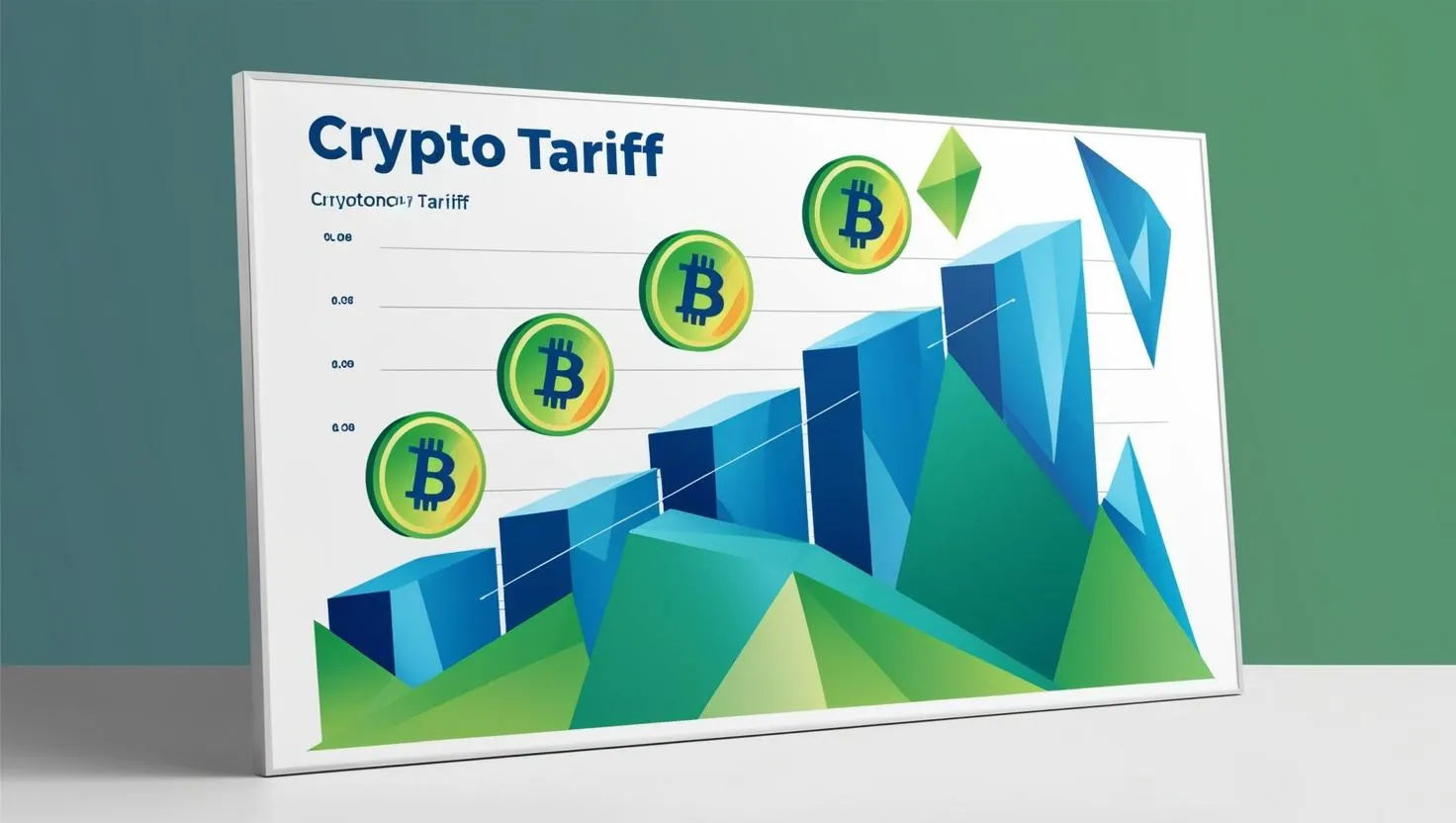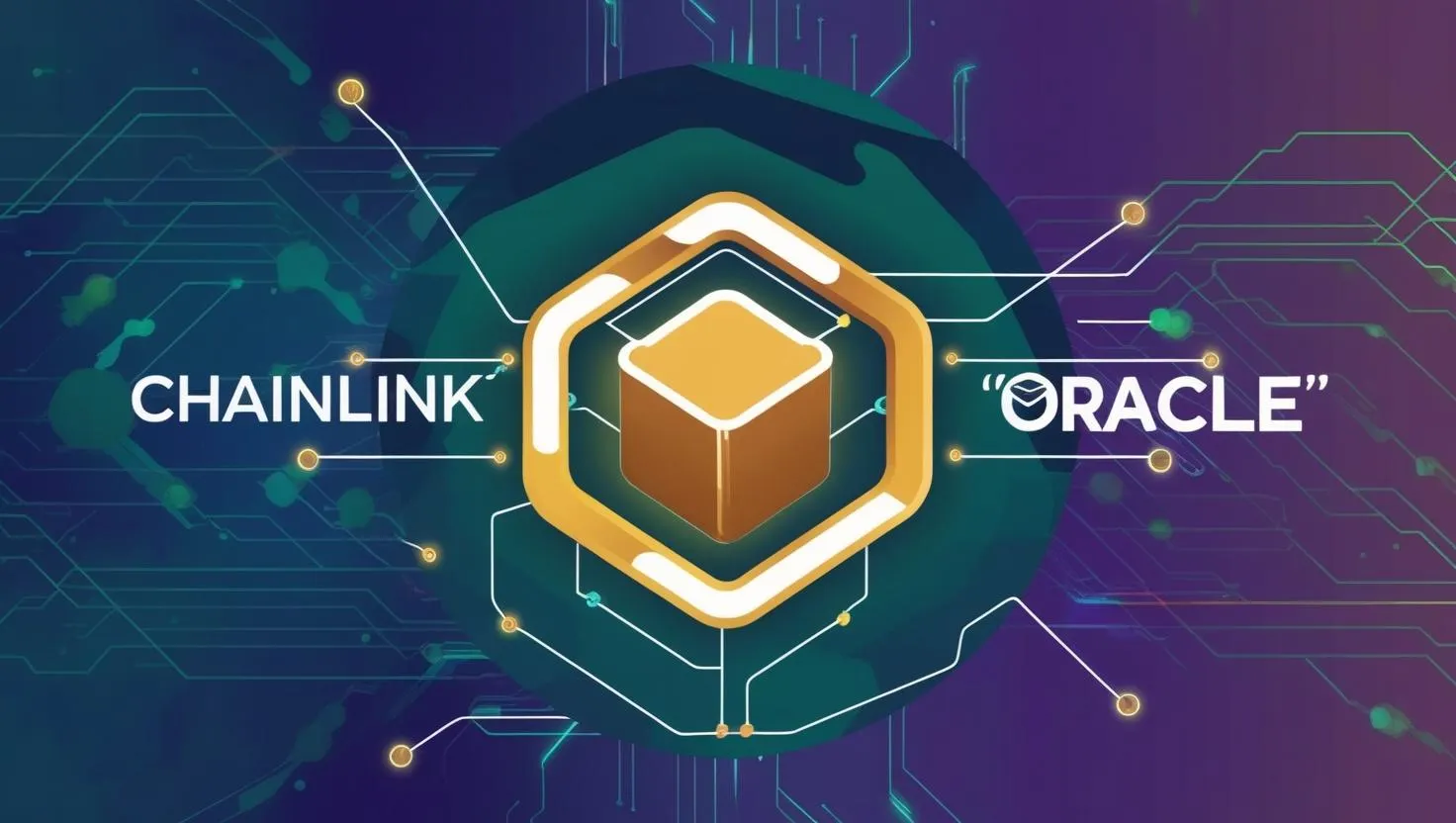Chainlink: The Oracle Network That's Transforming Blockchain
What is Chainlink?
Chainlink is a decentralized oracle network designed to bridge the gap between blockchain-based smart contracts and real-world data. To understand this, let’s first clarify what smart contracts and oracles are. Smart contracts are self-executing agreements with their terms encoded directly into software. They run on blockchains like Ethereum and automatically execute actions when predefined conditions are met. However, smart contracts cannot access external data—such as stock prices, weather updates, or sports scores—on their own because blockchains are isolated systems.
This limitation is where oracles come in.
An oracle is a service that fetches external, real-world data and delivers it to the blockchain for smart contracts to use. Chainlink takes this concept further by creating a decentralized network of oracles, ensuring that the data provided is reliable, secure, and tamper-proof. Unlike a centralized oracle, which relies on a single source and could be a point of failure, Chainlink’s decentralized approach aggregates data from multiple independent sources, enhancing trustworthiness.
How Chainlink Works
Chainlink operates through a network of nodes, which are computers or servers run by independent operators.
Here’s a step-by-step breakdown of the process:
- Data Request: A smart contract on a blockchain needs external data (e.g., the current price of Bitcoin). It sends a request to the Chainlink network.
- Node Selection: The Chainlink network selects a group of nodes to handle the request.
- Data Retrieval: Each selected node fetches the requested data from external sources, such as APIs, websites, or data providers.
- Data Submission: The nodes submit their individual responses back to the Chainlink network.
- Aggregation: Chainlink aggregates the responses from all the nodes and uses a consensus mechanism to determine the most accurate data point. This step ensures that outliers or incorrect data from a single node don’t skew the result.
- Delivery to Smart Contract: The final, verified data is delivered to the smart contract, which can then execute its logic based on that information.
This process ensures accuracy and reliability by relying on multiple independent sources rather than a single point of trust.
The Role of LINK Tokens
The Chainlink ecosystem is powered by its native cryptocurrency, LINK tokens. These tokens serve two main purposes:
- Payment: Smart contracts that request data from Chainlink oracles pay node operators in LINK tokens for their services.
- Incentives: Node operators are rewarded with LINK tokens for providing accurate and timely data. This creates an economic incentive to maintain high-quality service.
Ensuring Data Integrity
Chainlink employs several mechanisms to ensure the data it provides is trustworthy:
- Decentralization: By using multiple nodes, Chainlink avoids reliance on a single source, reducing the risk of manipulation or failure.
- Reputation System: Node operators are rated based on their performance. Those who consistently provide accurate data earn a higher reputation and more rewards, while those who submit incorrect data face penalties or exclusion. This system incentivizes honesty and reliability.
- Cryptographic Proofs: Each data response comes with a verifiable proof that can be checked on the blockchain, ensuring the data hasn’t been tampered with.
These features make Chainlink a secure solution for smart contracts handling significant value or critical operations.
Types of Data Chainlink Provides
Chainlink oracles are not limited to a single type of data. While price feeds (e.g., cryptocurrency or commodity prices) are a popular use case, Chainlink can deliver a wide variety of information, including:
- Weather data (e.g., temperature or rainfall for insurance contracts)
- Sports scores (e.g., for betting or gaming applications)
- Election results
- IoT sensor data (e.g., supply chain tracking)
- Any data accessible via APIs or external providers
This versatility makes Chainlink applicable across numerous industries and use cases.
Additional Features of Chainlink
Beyond basic data delivery, Chainlink offers specialized services to enhance smart contract functionality:
- Chainlink Keepers: This service automates smart contract tasks. For example, a contract might need to execute an action at a specific time or when a condition is met (e.g., paying out an insurance claim when a flight is delayed). Chainlink Keepers monitor these conditions and trigger the actions as needed.
- Chainlink VRF (Verifiable Random Function): This provides a secure, tamper-proof source of randomness for smart contracts. Randomness is essential for applications like lotteries, gaming, or random token distribution, and Chainlink VRF ensures it’s fair and verifiable.
Cross-Chain Compatibility and Security
Chainlink is designed to work with multiple blockchains, not just Ethereum. This cross-chain compatibility allows developers on various platforms to integrate Chainlink oracles into their projects, making it a flexible tool in the blockchain ecosystem.
Security is a top priority for Chainlink, given that smart contracts often manage significant financial value. Its decentralized architecture protects against attacks like Sybil attacks (where a malicious actor creates multiple fake nodes) or collusion among node operators. The combination of decentralization, reputation incentives, and cryptographic verification ensures that Chainlink remains robust and trustworthy.
Real-World Applications
Chainlink has become a cornerstone of the blockchain space, particularly in Decentralized Finance (DeFi). Examples include:
- Lending Platforms: Use Chainlink price feeds to assess collateral values in real time.
- Decentralized Exchanges (DEXs): Rely on accurate price data to facilitate trades.
- Insurance: Smart contracts can automatically pay claims based on external data, like weather events or flight delays.
Beyond DeFi, Chainlink supports use cases in gaming, supply chain management, and more, showcasing its broad applicability.
Background and Impact
Founded in 2017 by Sergey Nazarov and Steve Ellis, Chainlink has grown into one of the most widely adopted oracle networks in the blockchain industry. Its success stems from addressing the oracle problem—the challenge of securely connecting smart contracts to off-chain data. By solving this, Chainlink enables smart contracts to interact with the real world in a trustless, decentralized manner.
Through partnerships with blockchain projects, enterprises, and data providers, Chainlink has solidified its role as a critical infrastructure layer for the blockchain ecosystem.
Summary
In essence, Chainlink is a decentralized oracle network that connects smart contracts to external data sources securely and reliably. It uses a network of independent nodes to fetch and verify data, aggregates responses for accuracy, and incentivizes quality through LINK tokens and a reputation system. With its ability to provide diverse data types, additional features like Keepers and VRF, and compatibility across blockchains, Chainlink empowers smart contracts to function dynamically in real-world scenarios. Its focus on security and decentralization has made it a foundational technology for DeFi and beyond.

